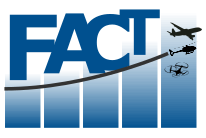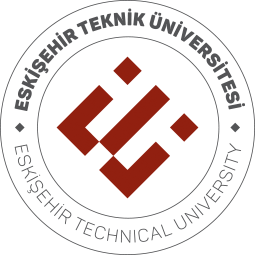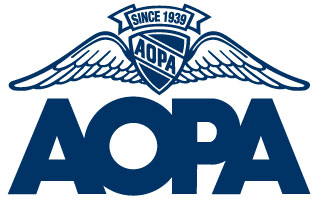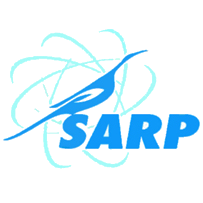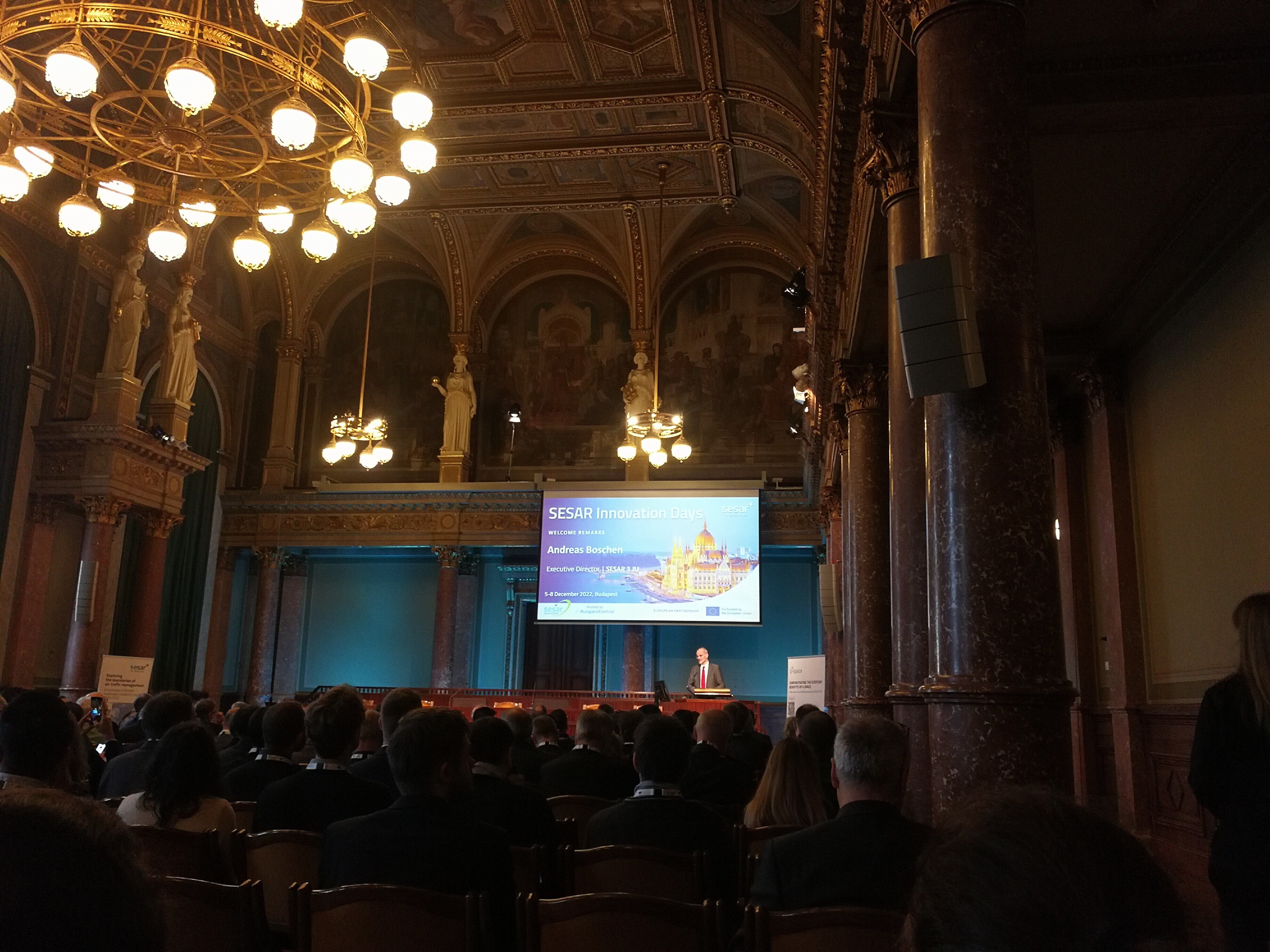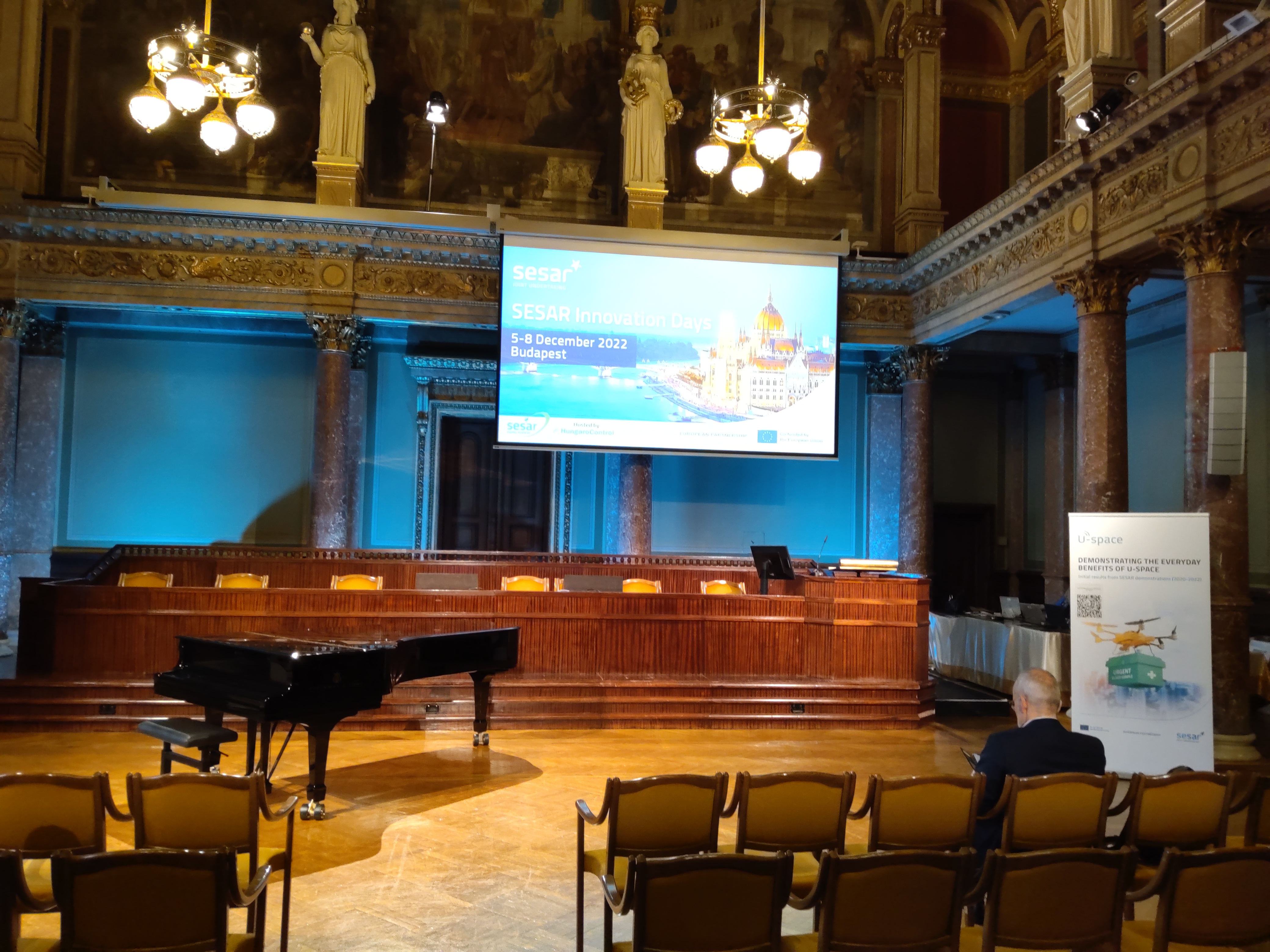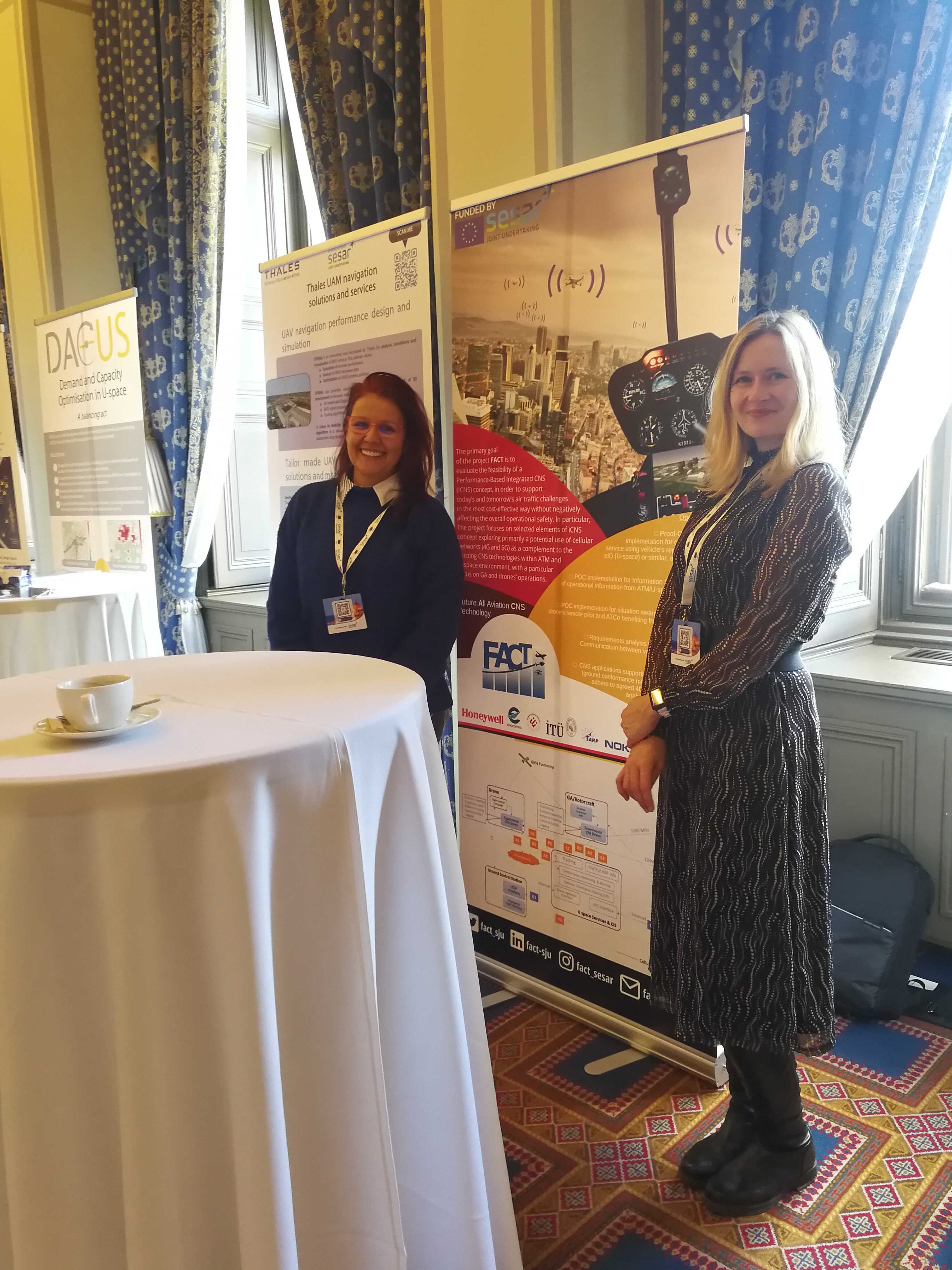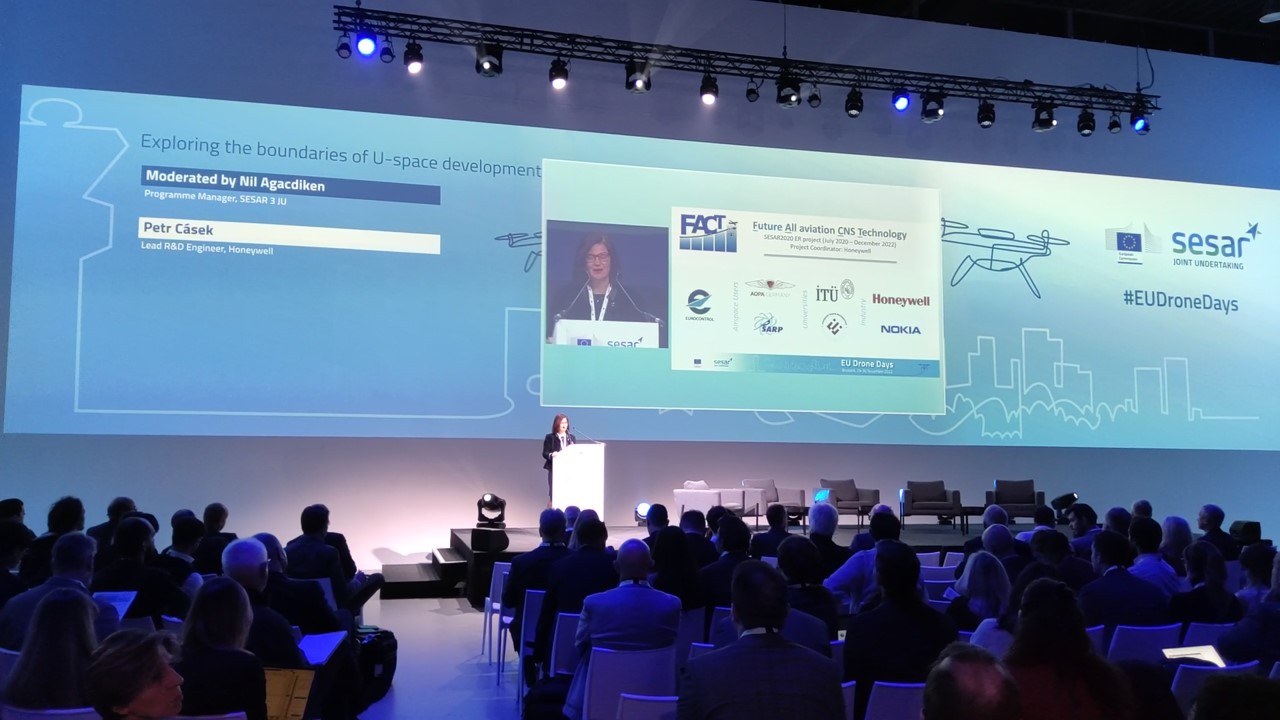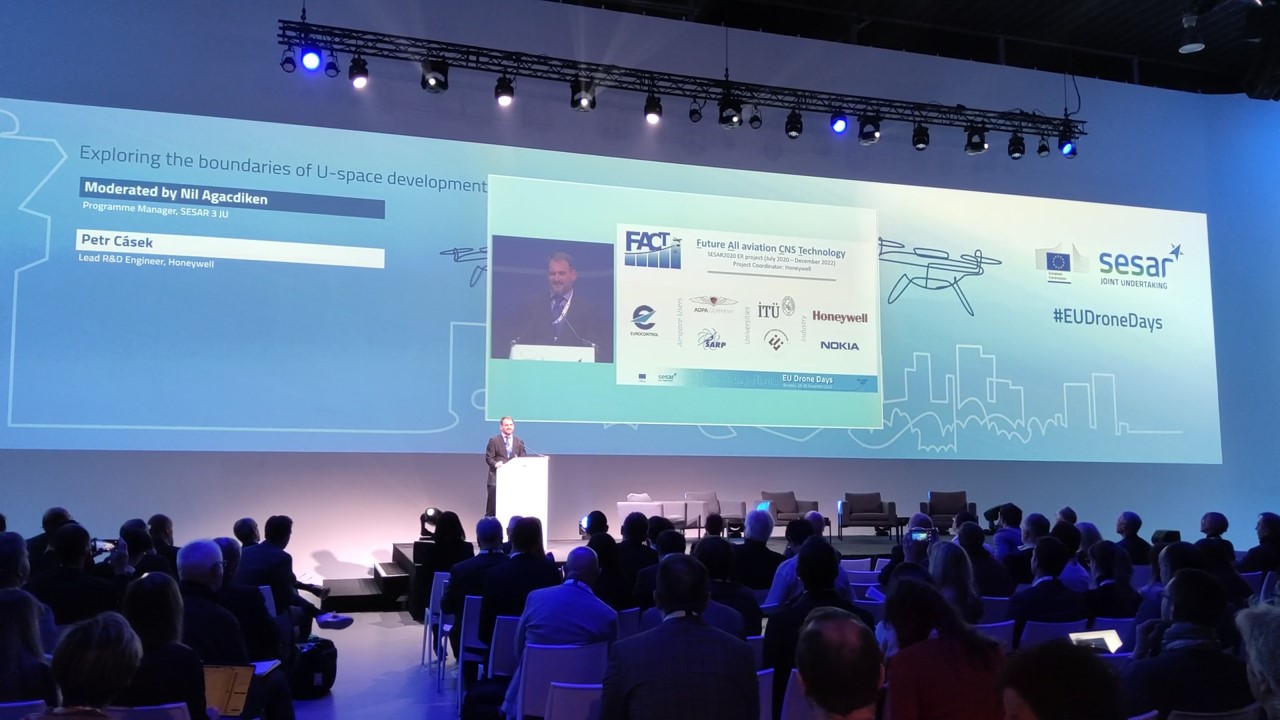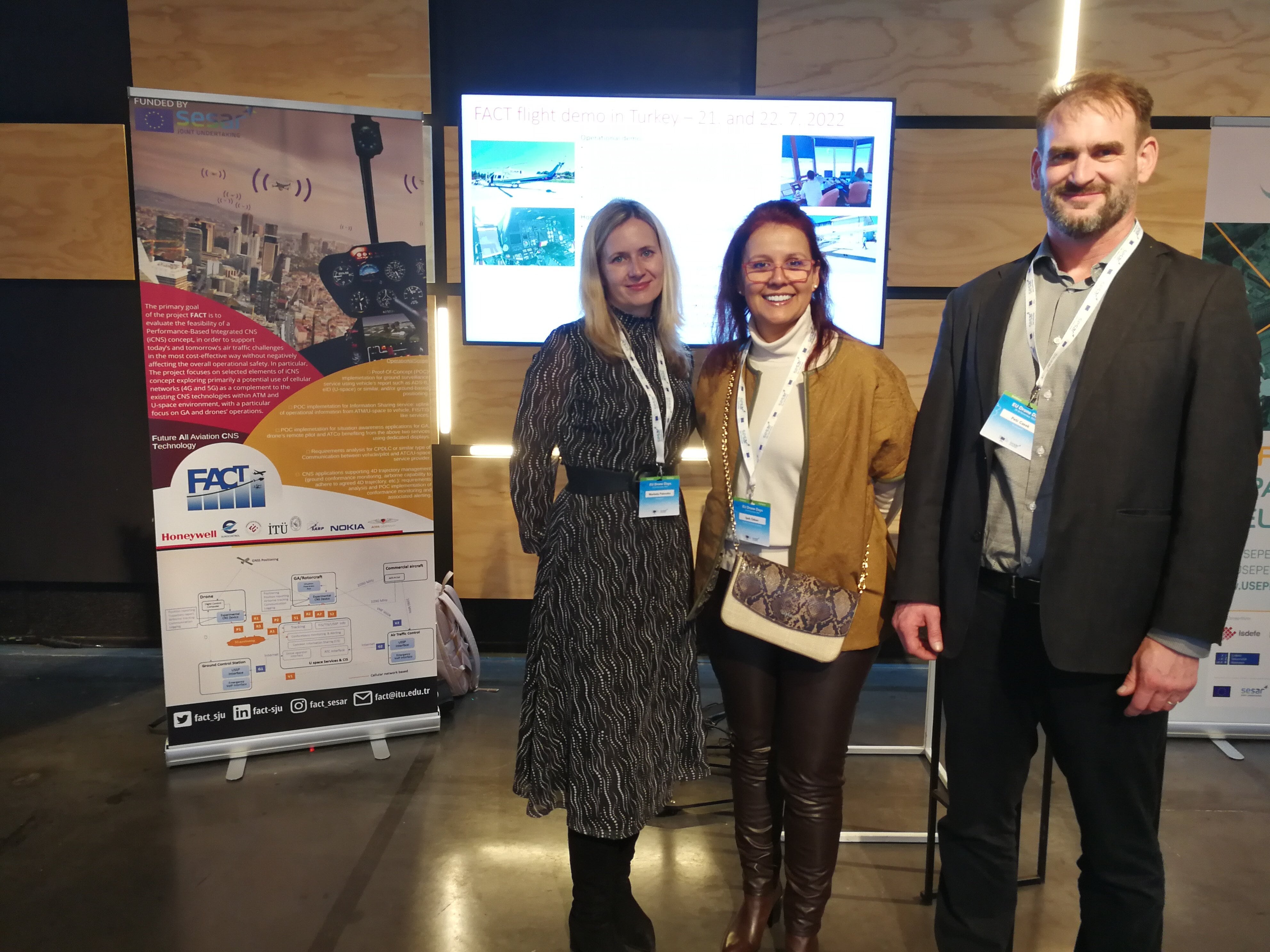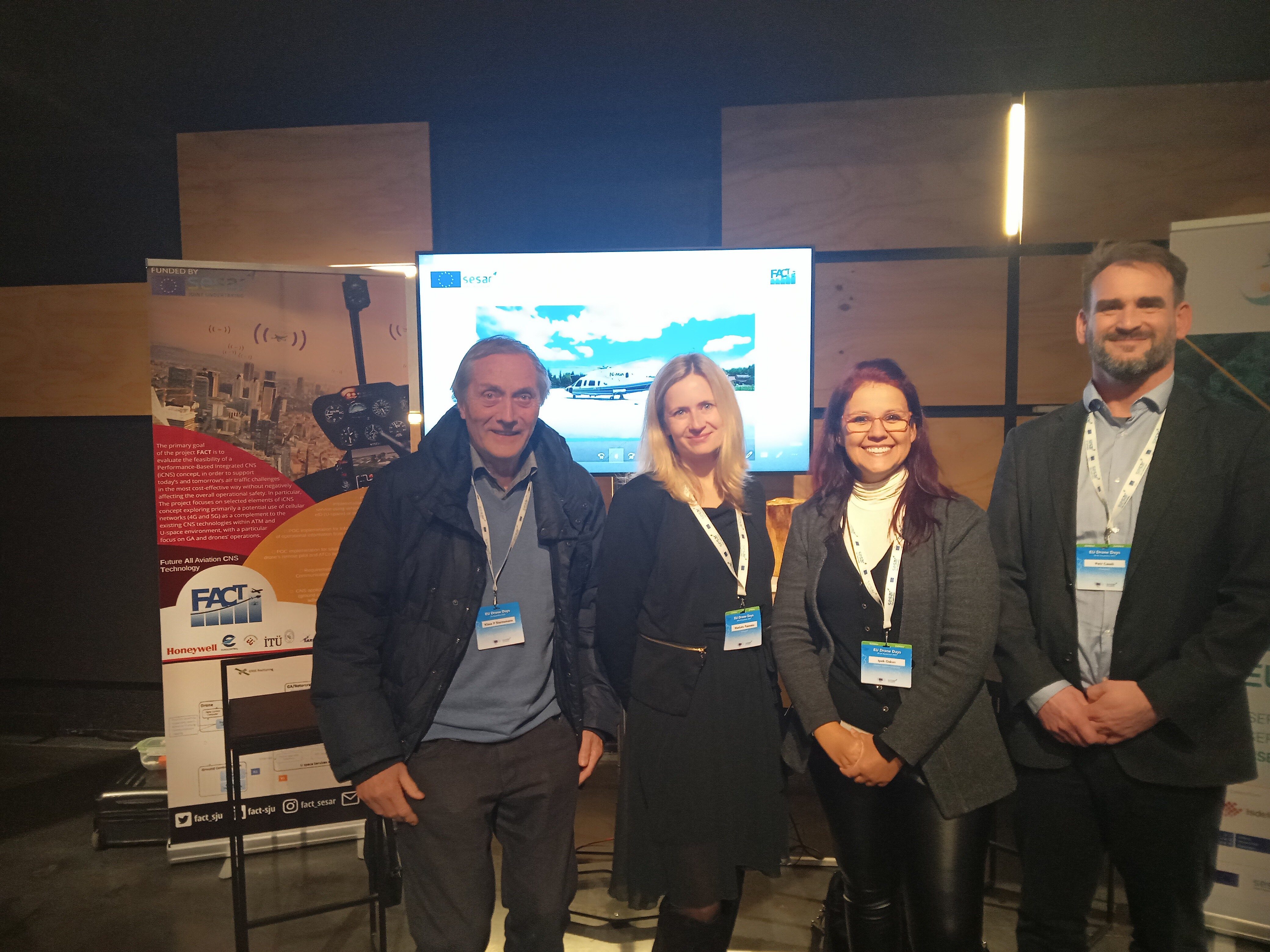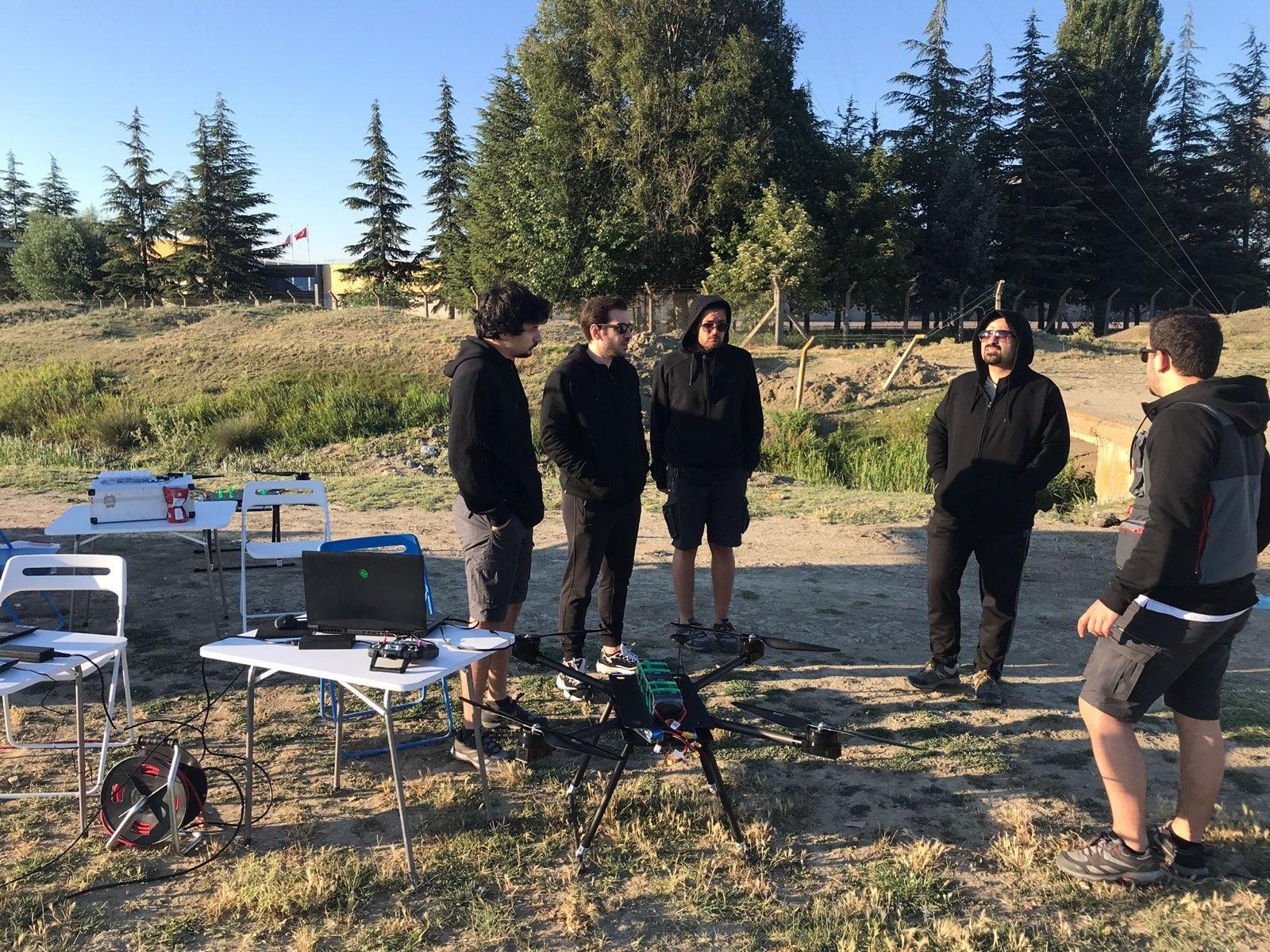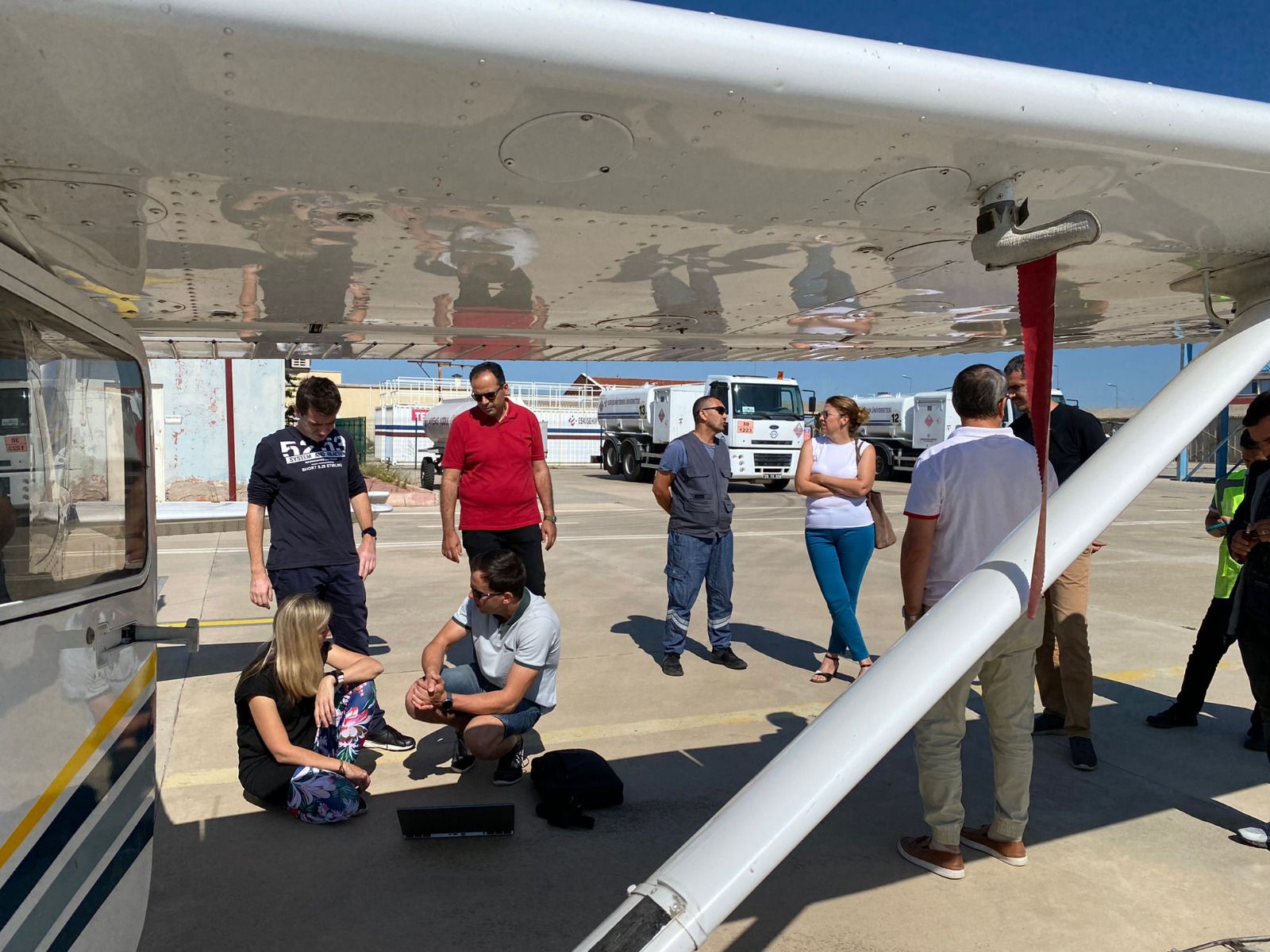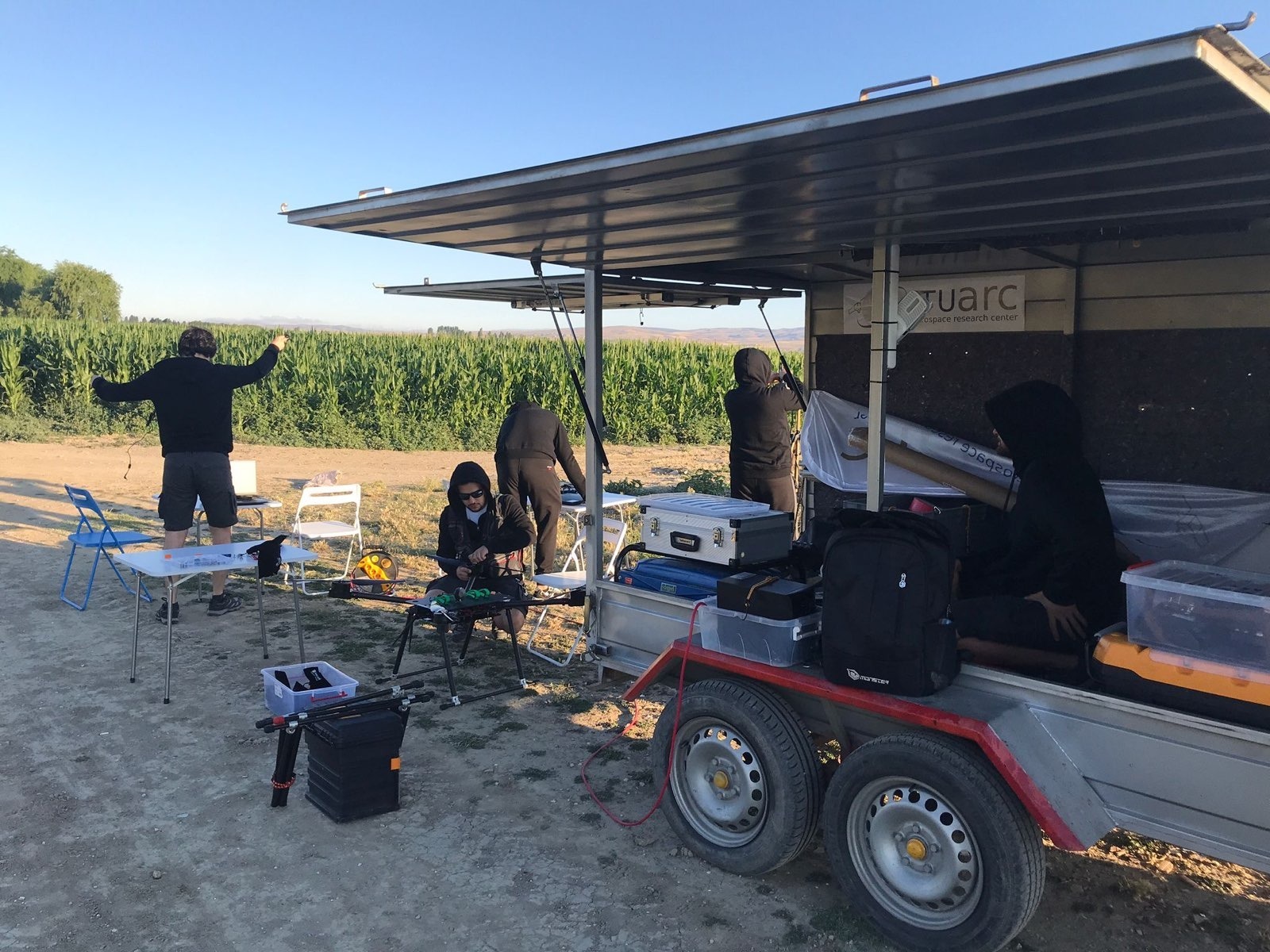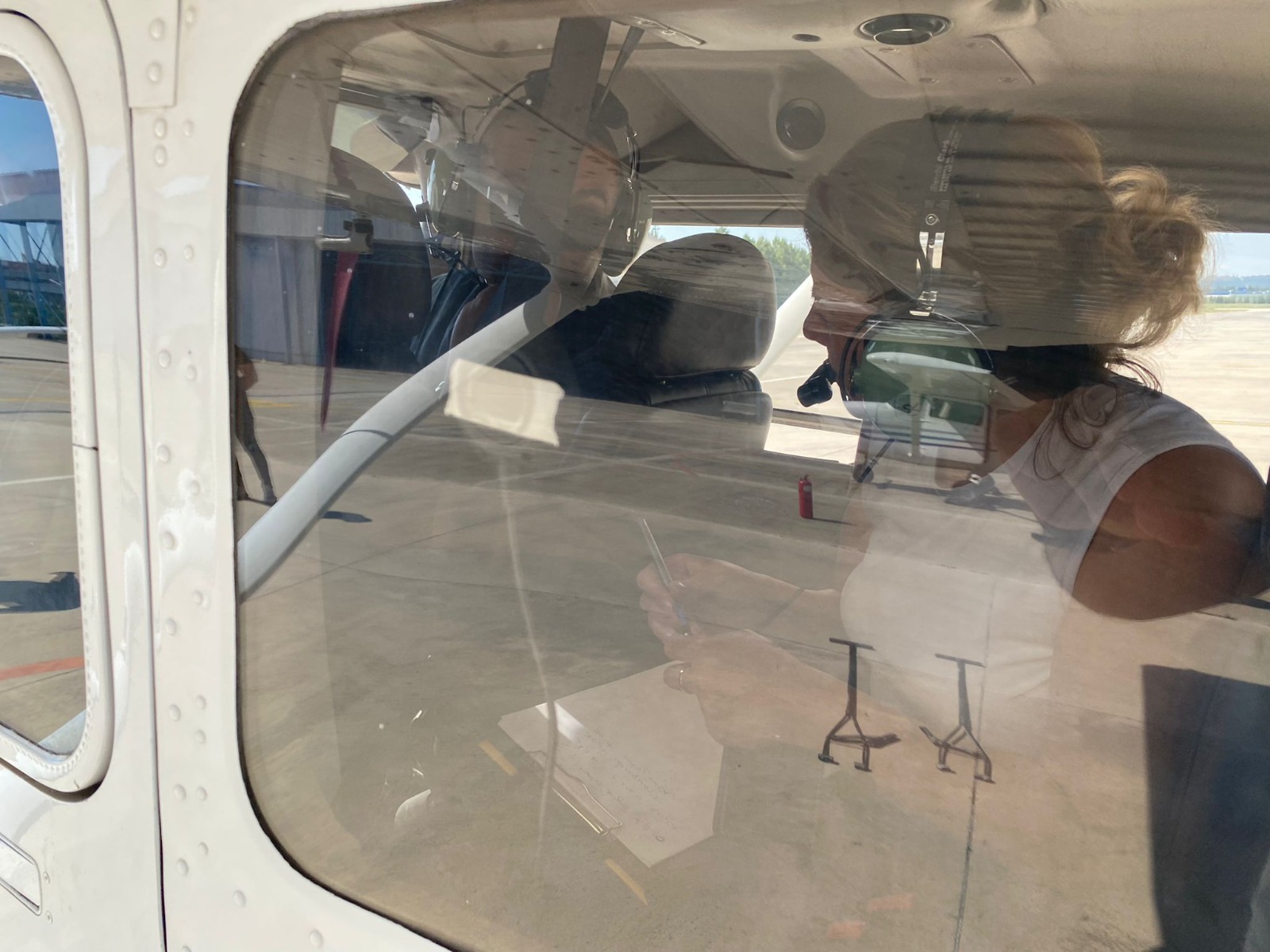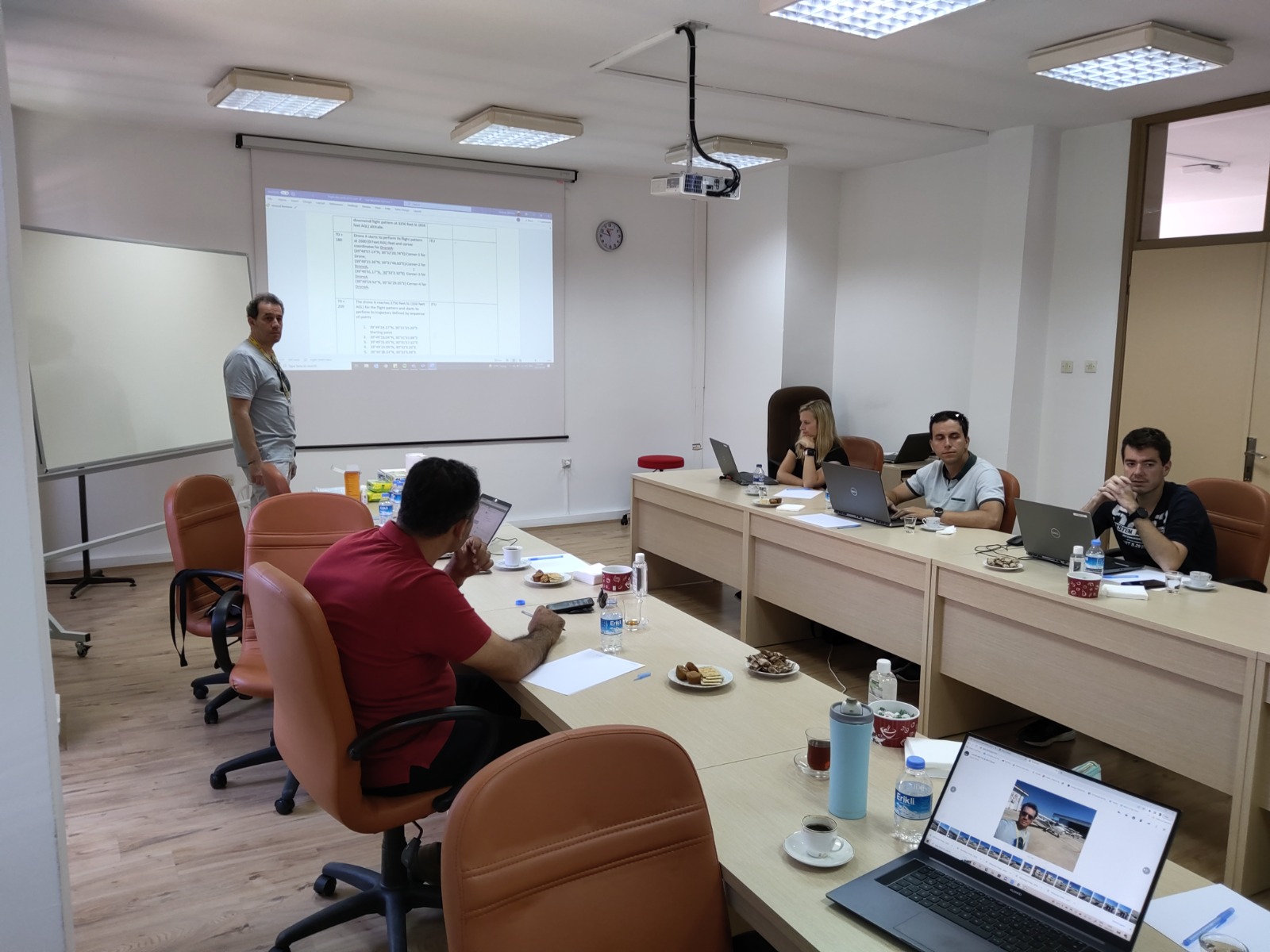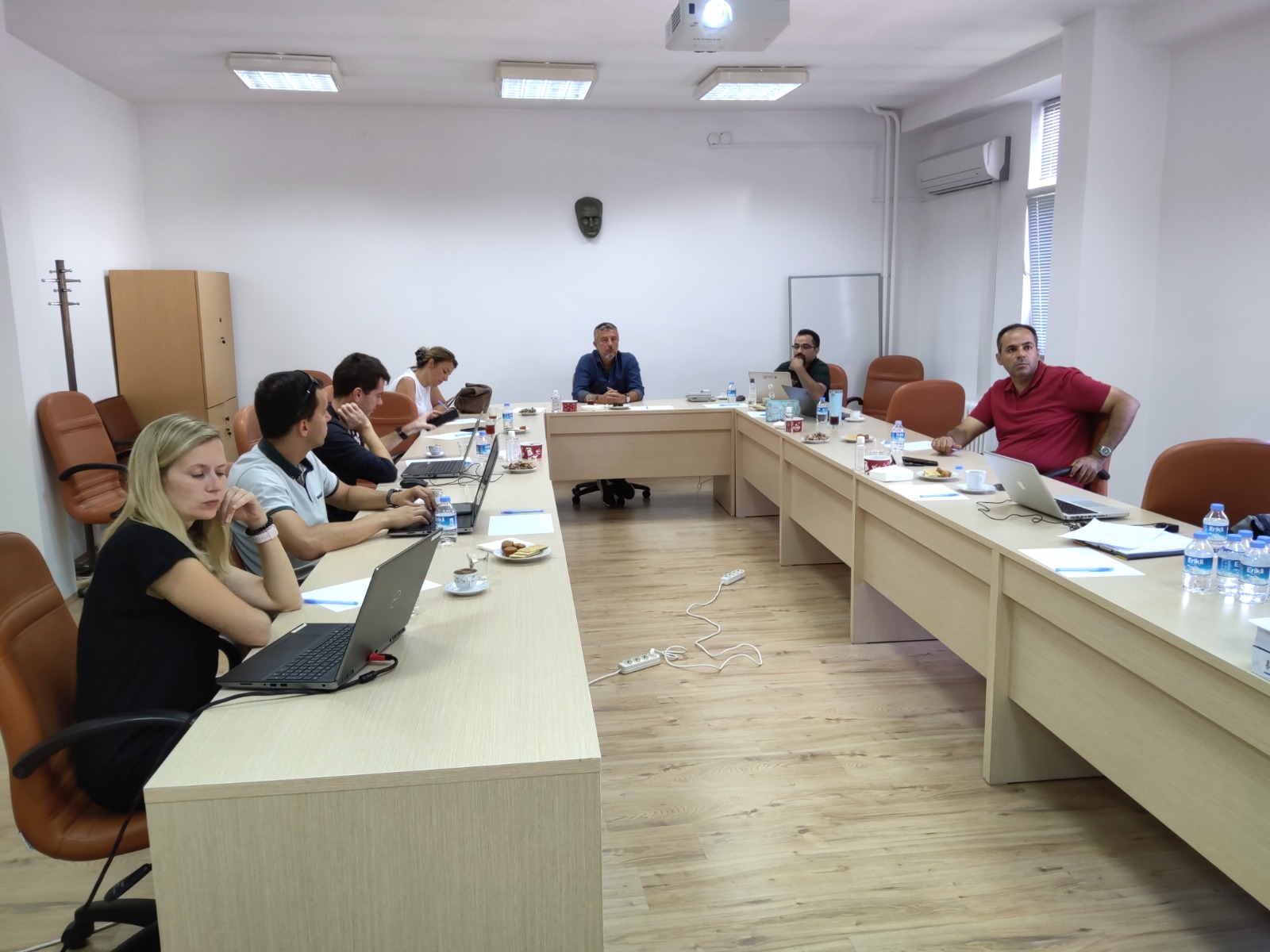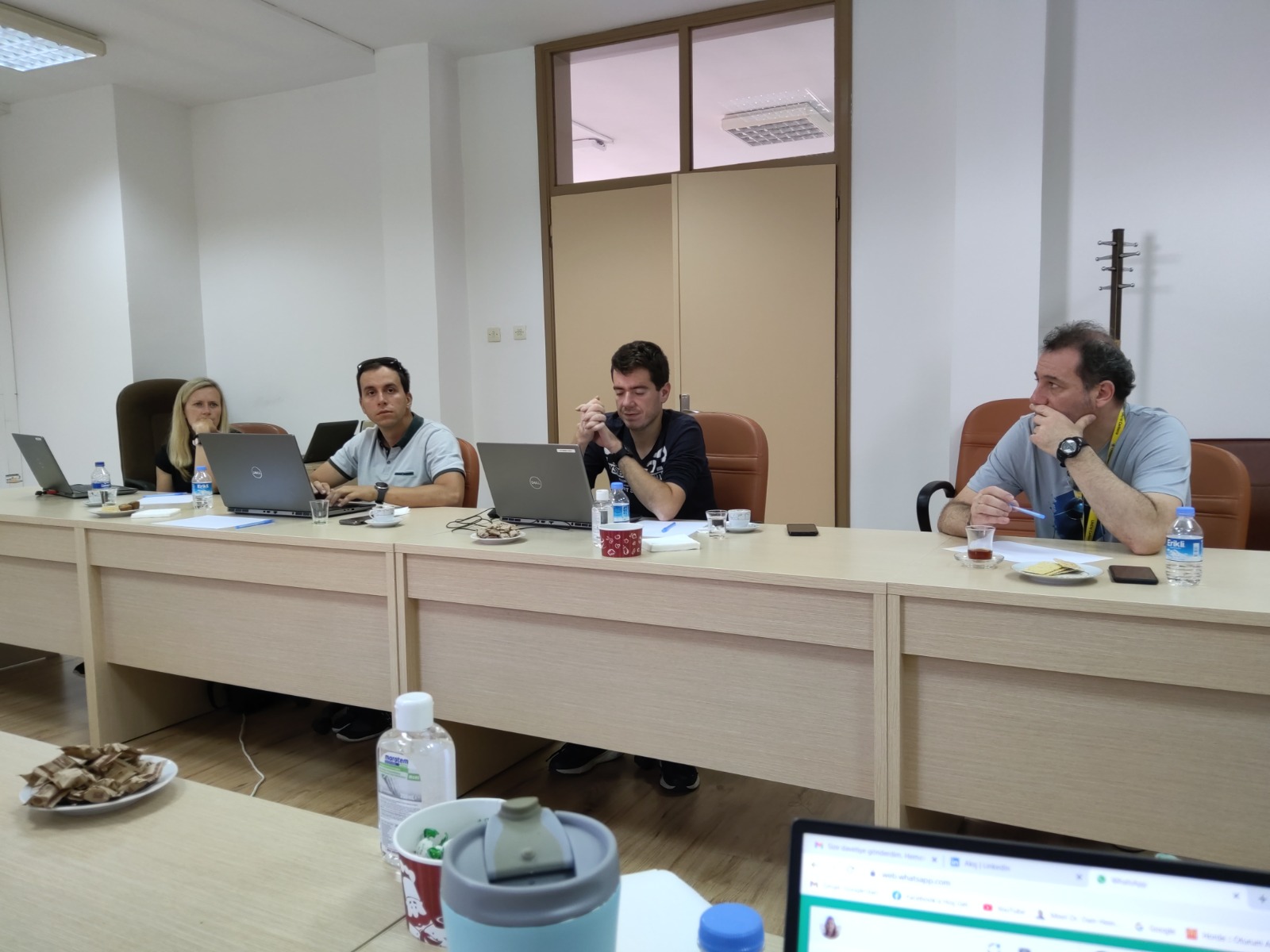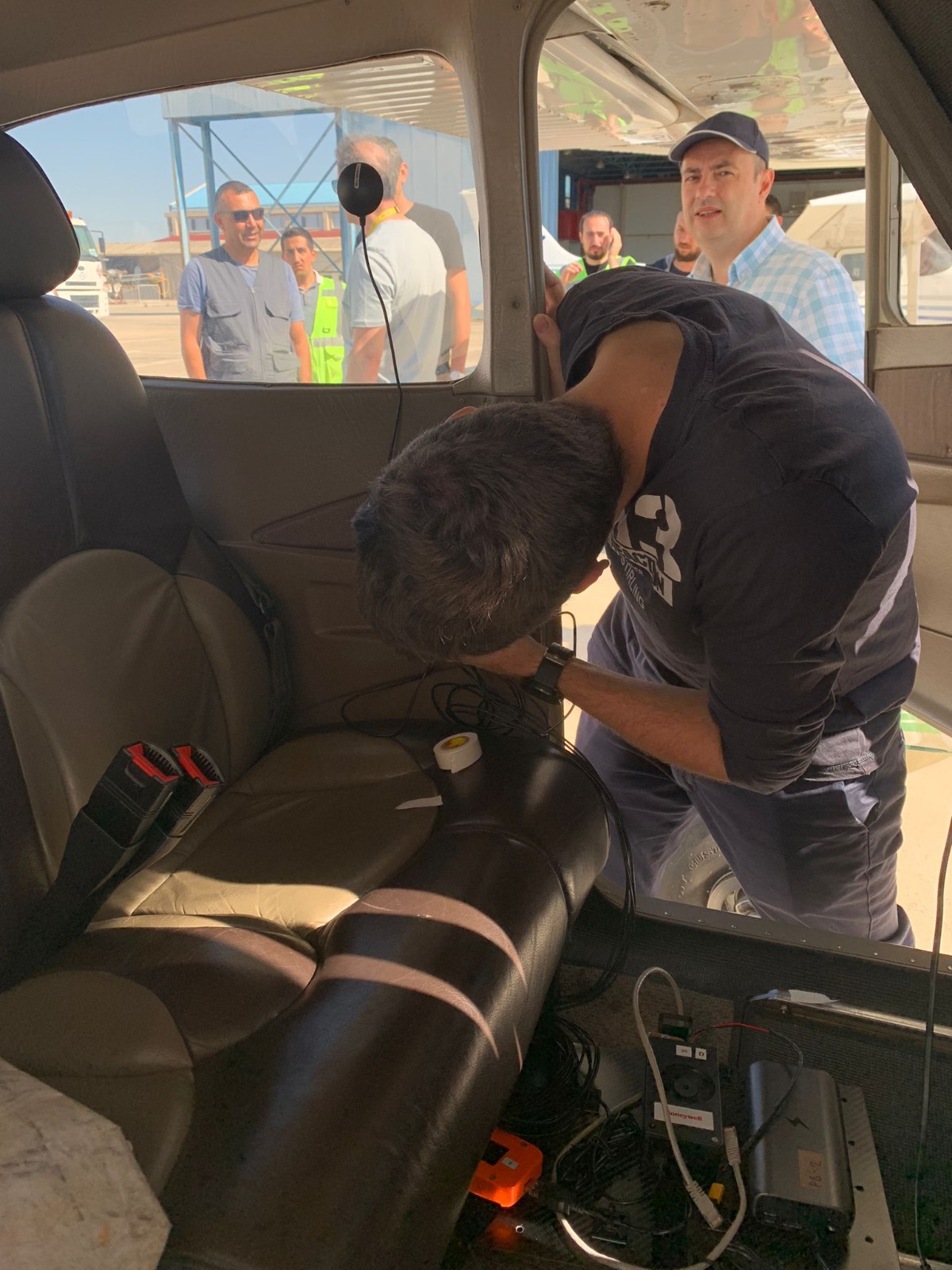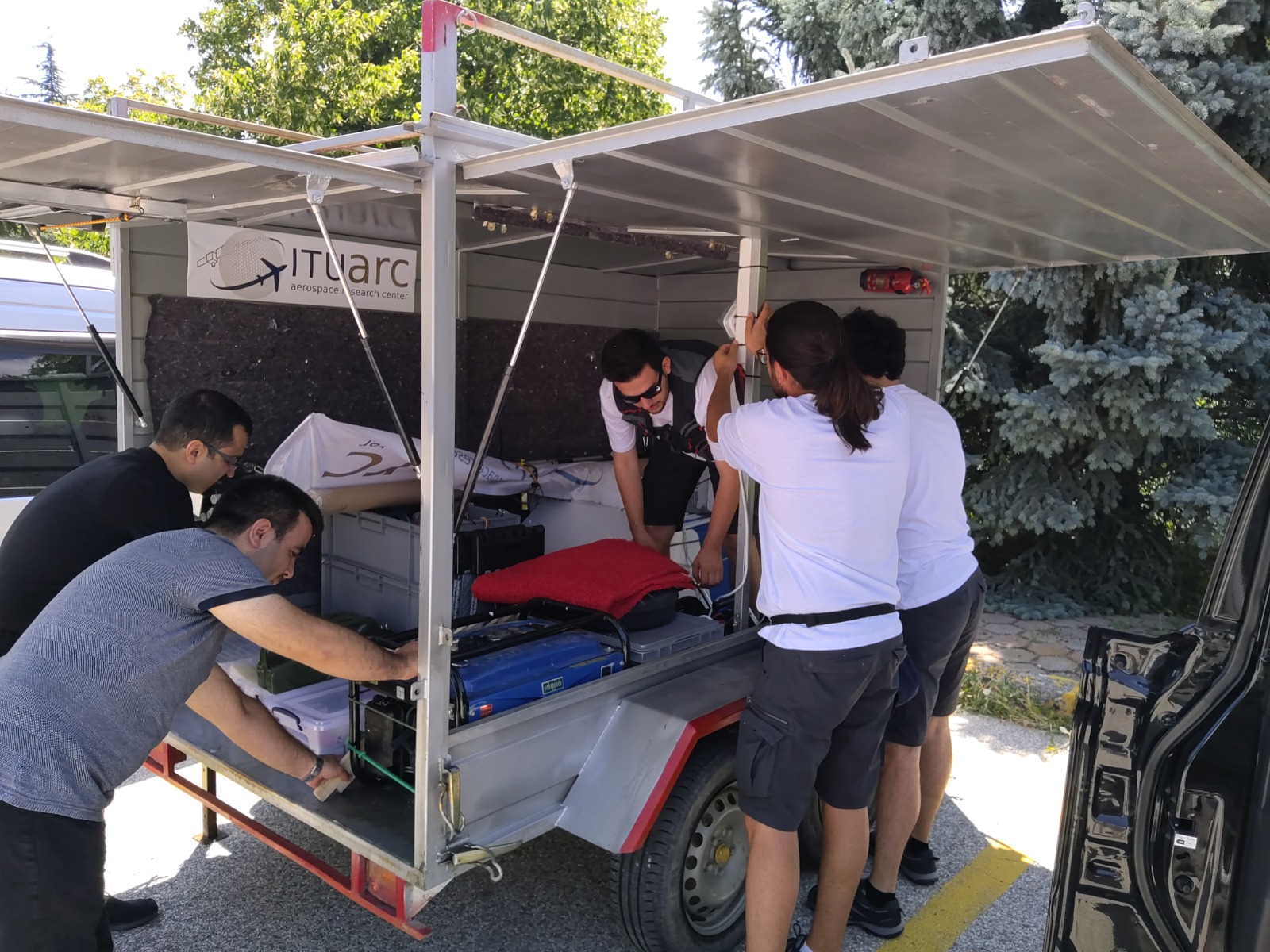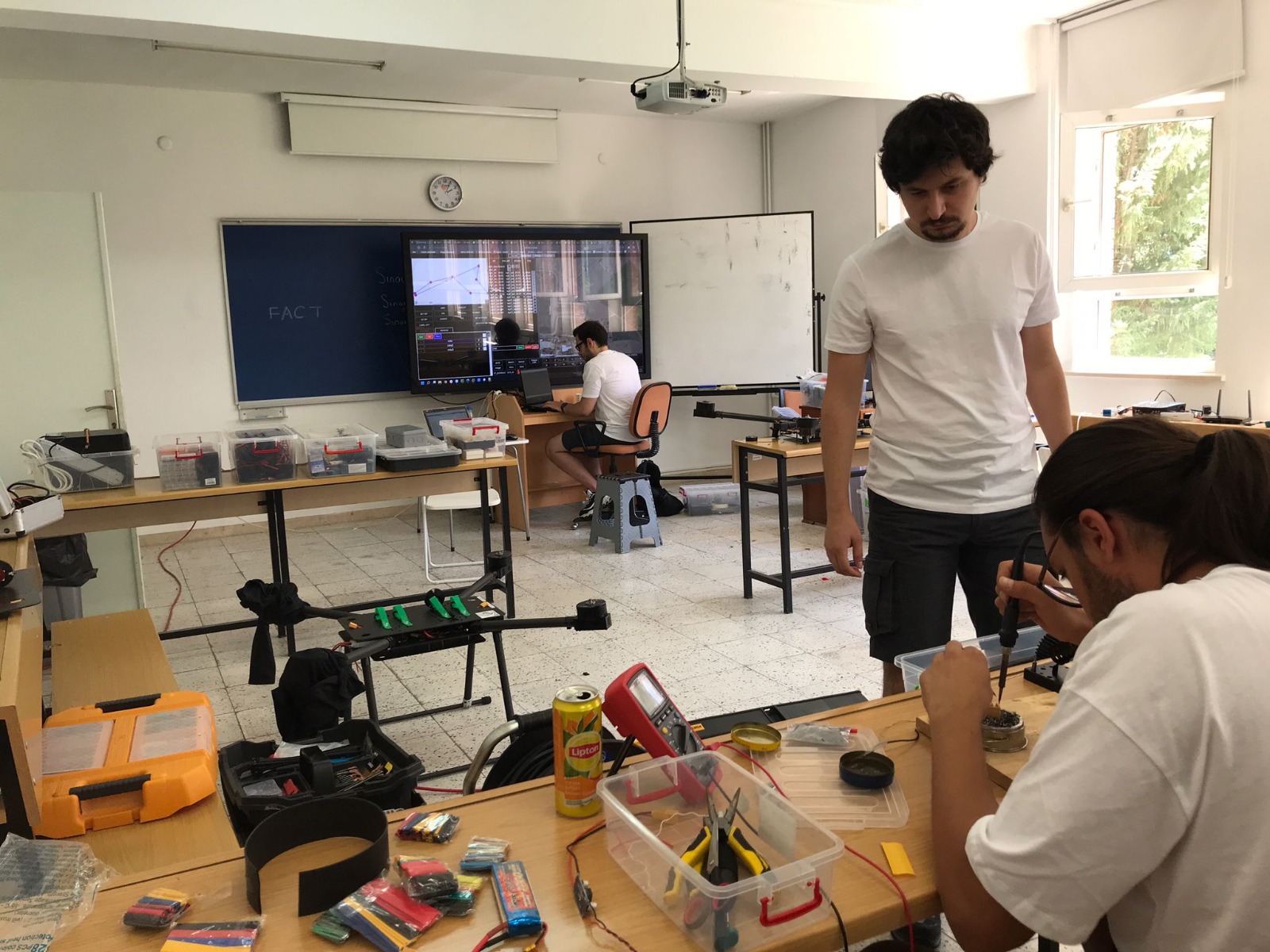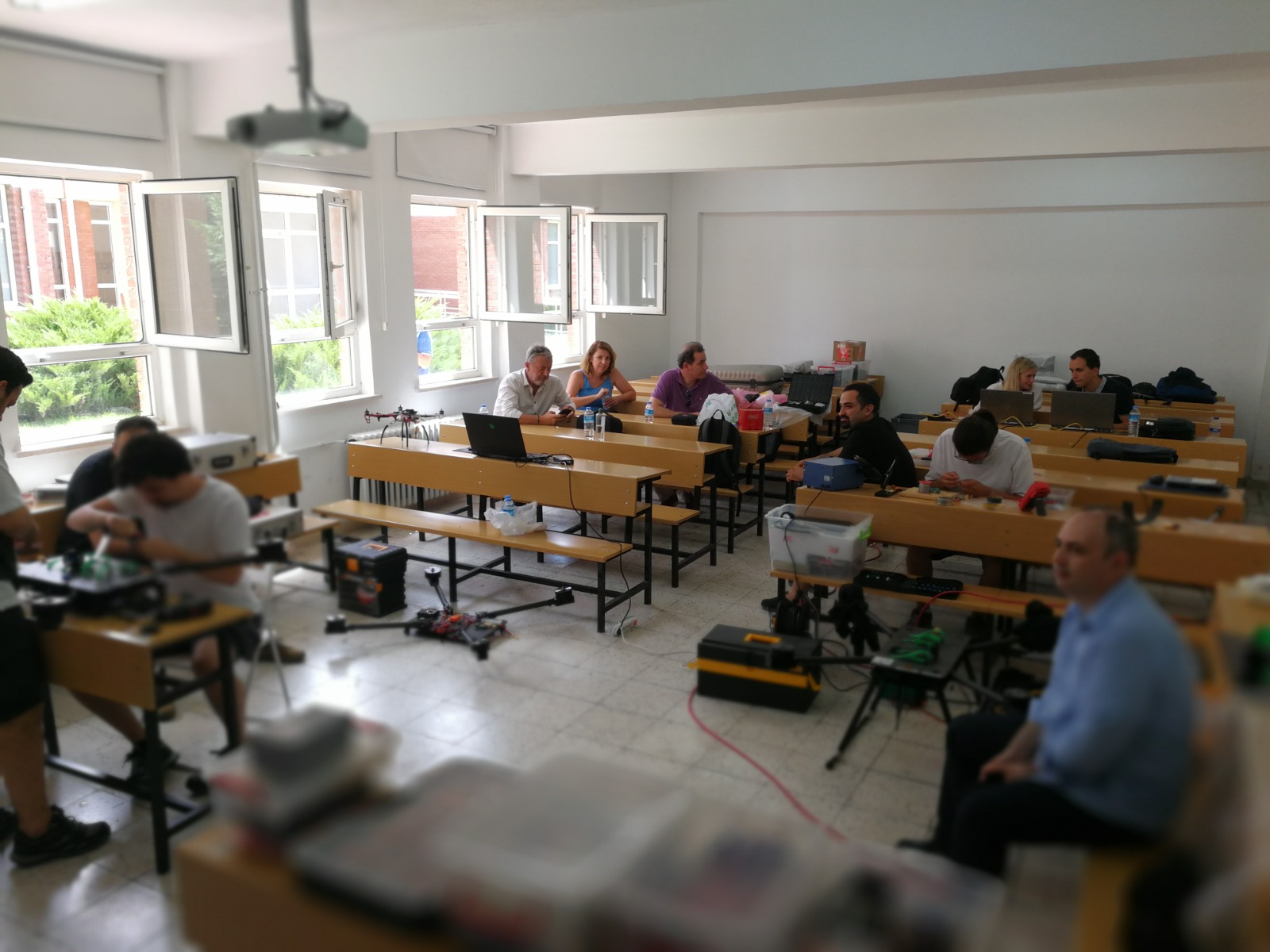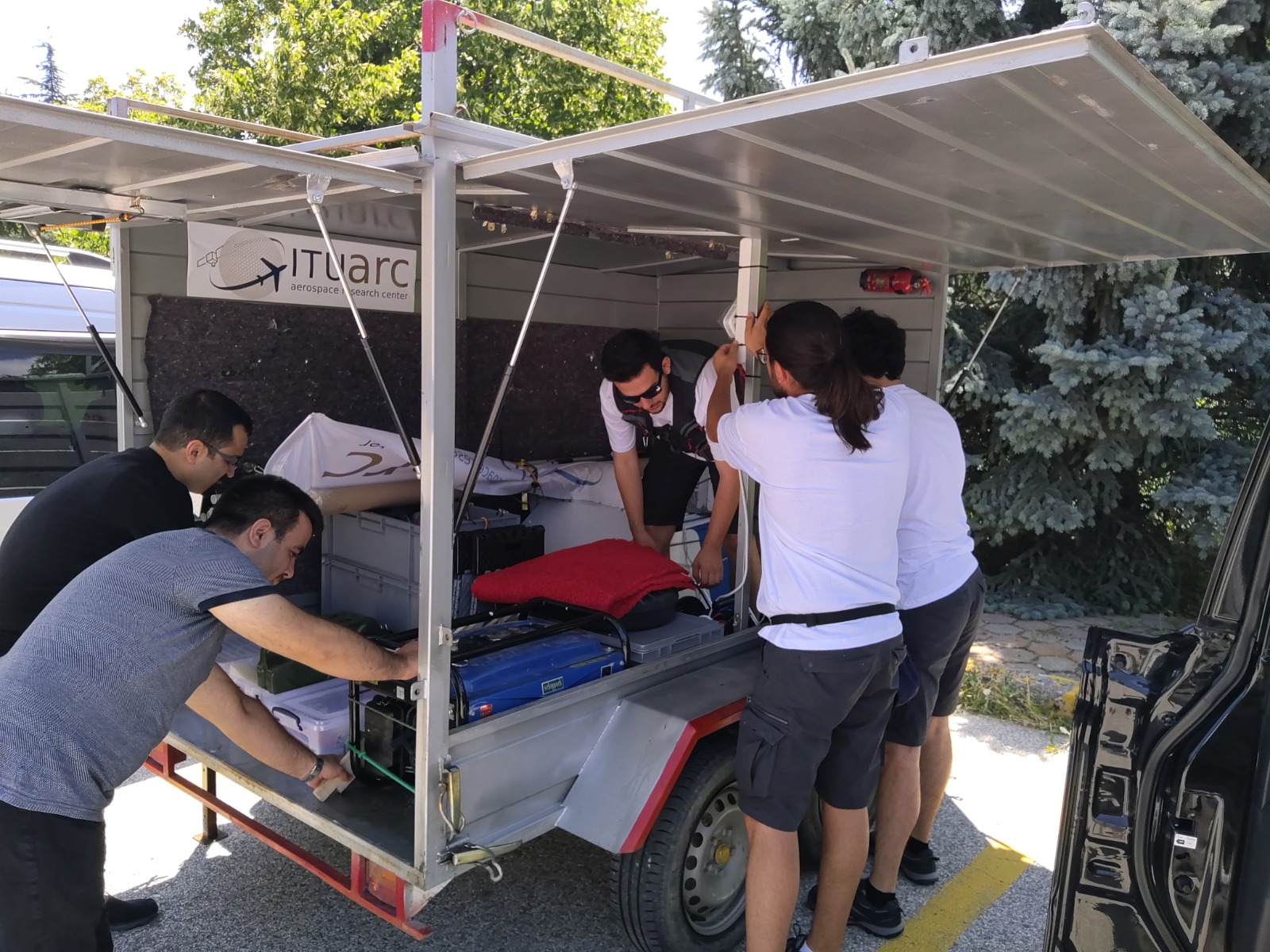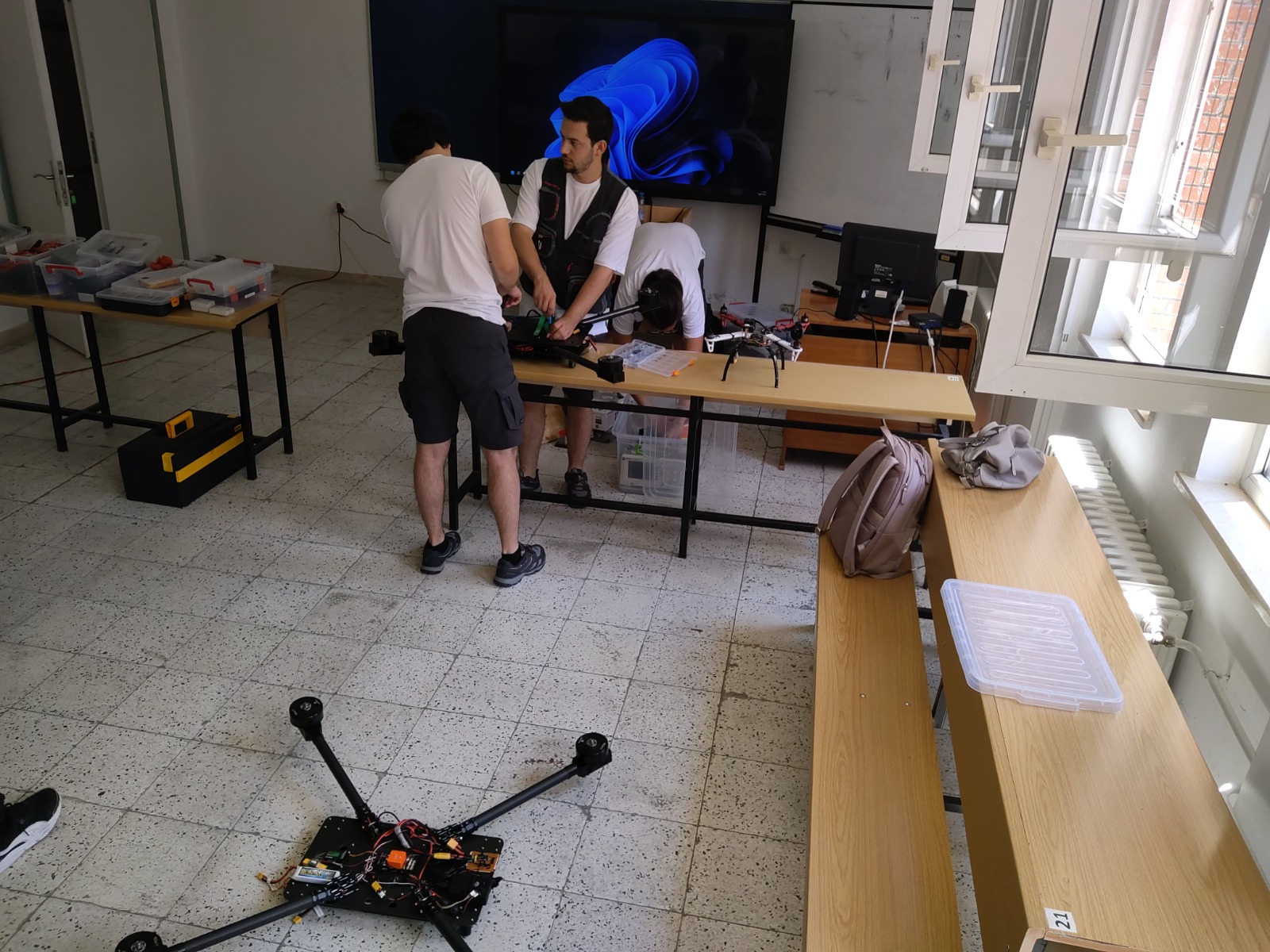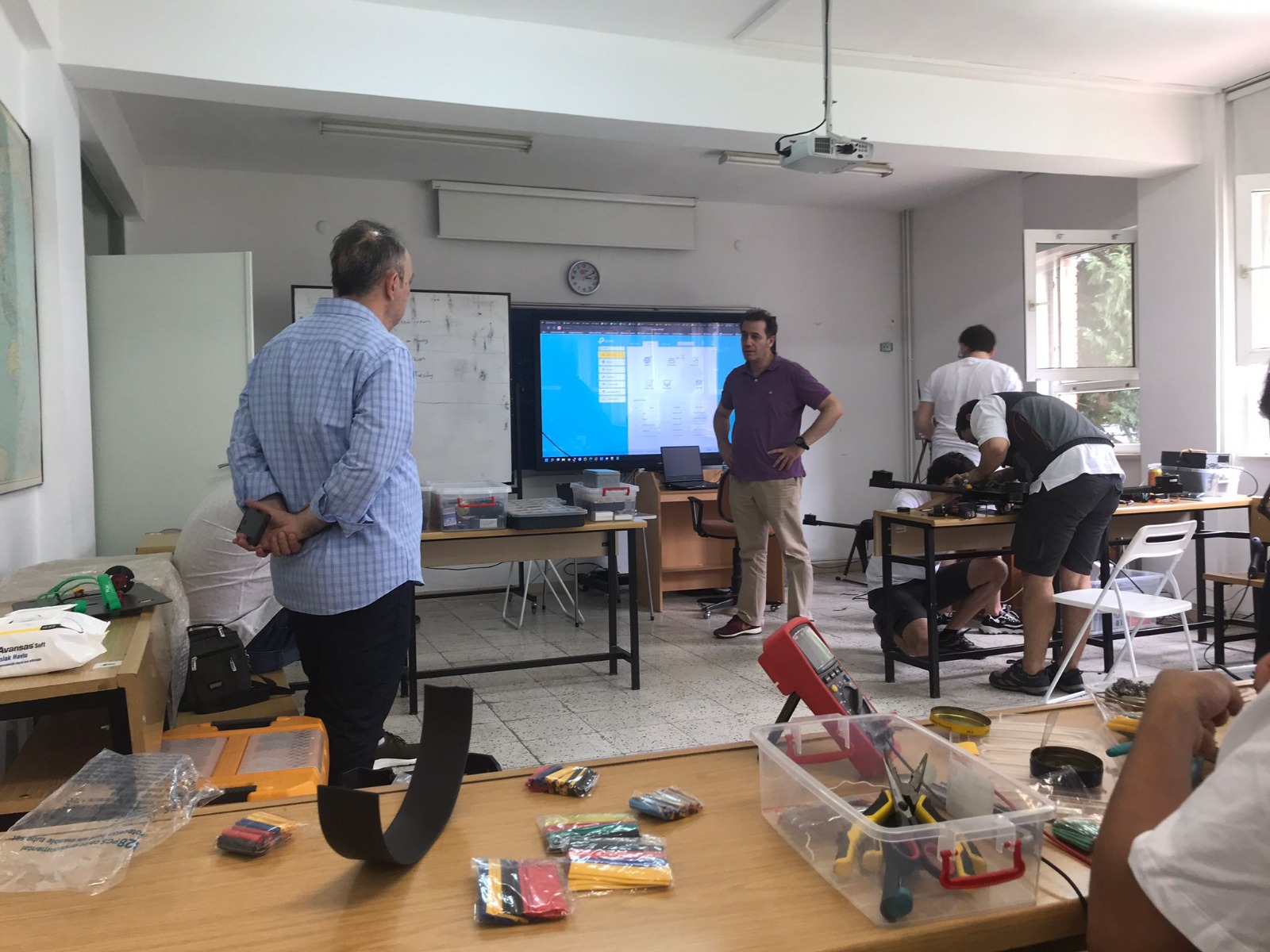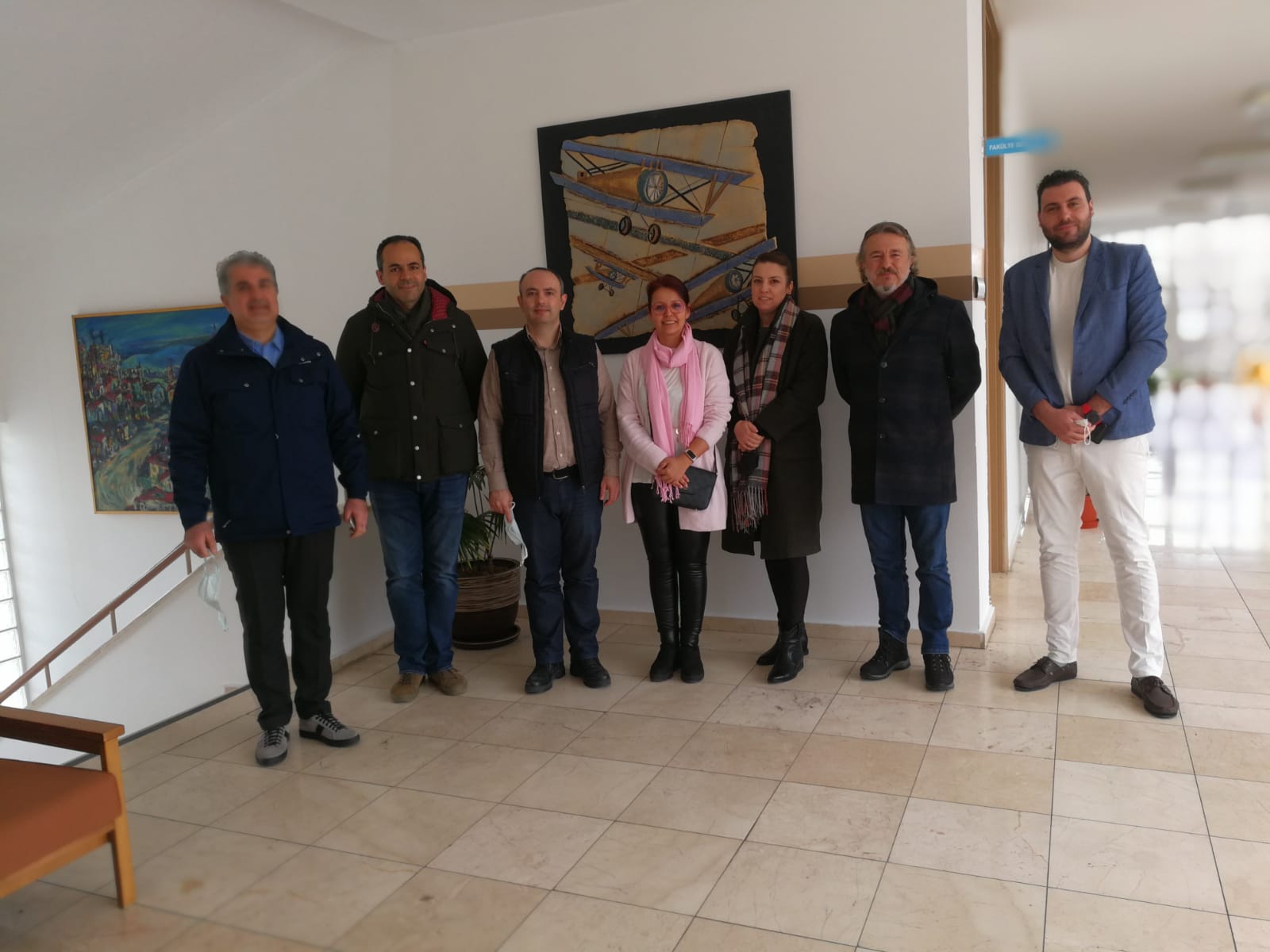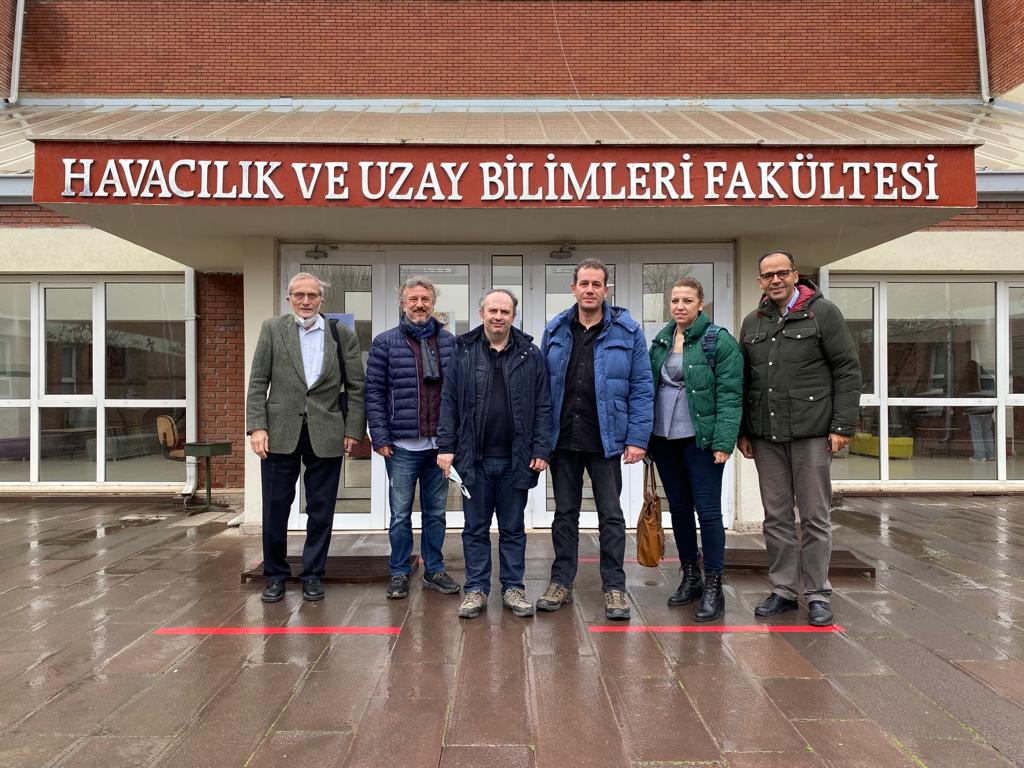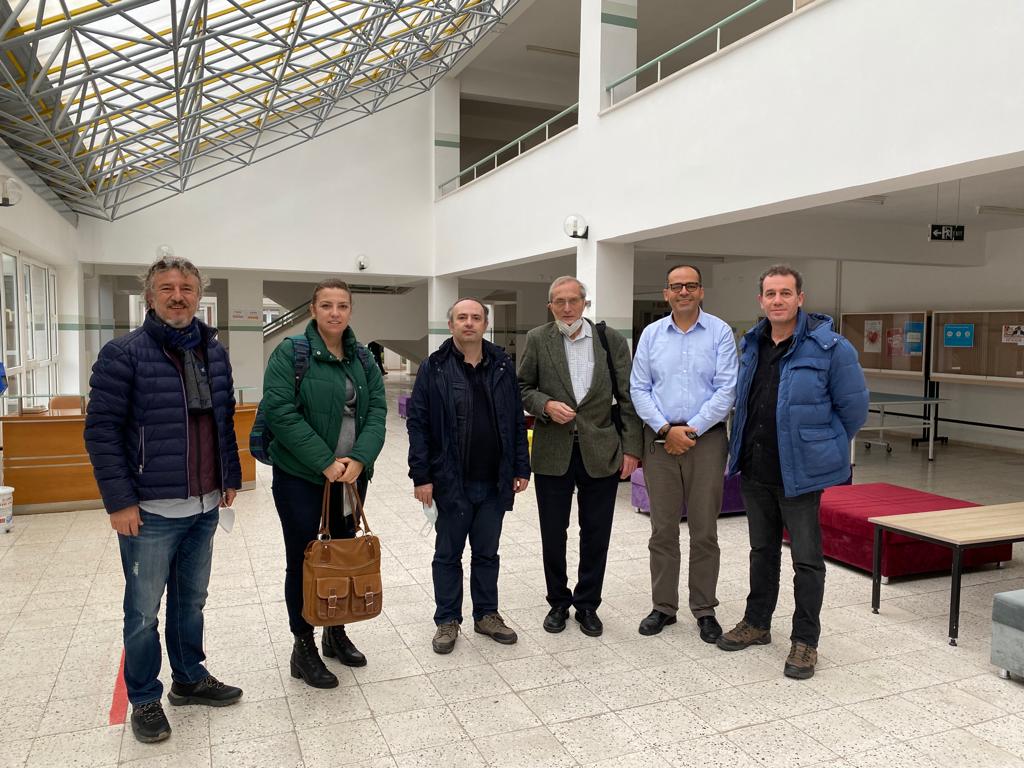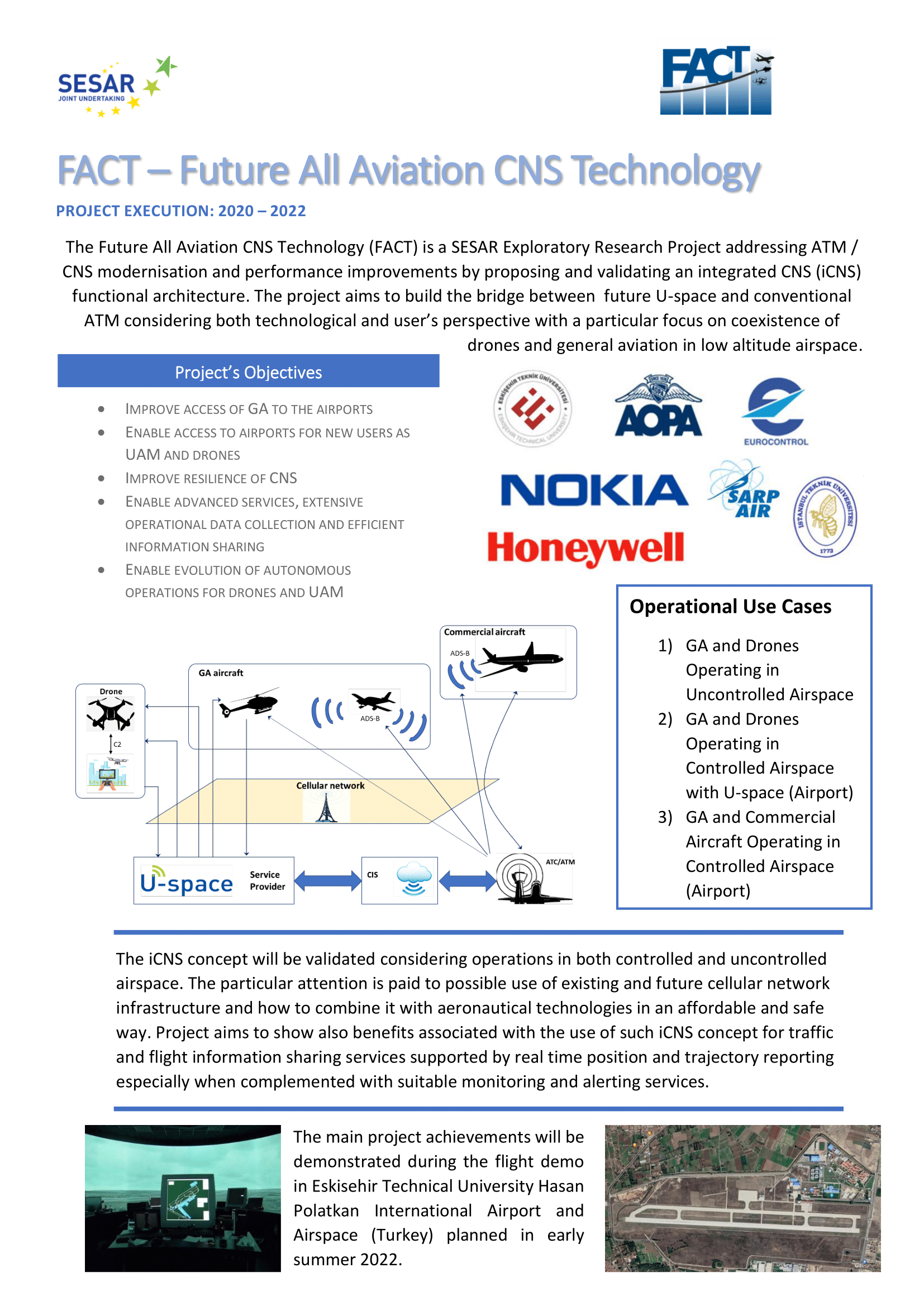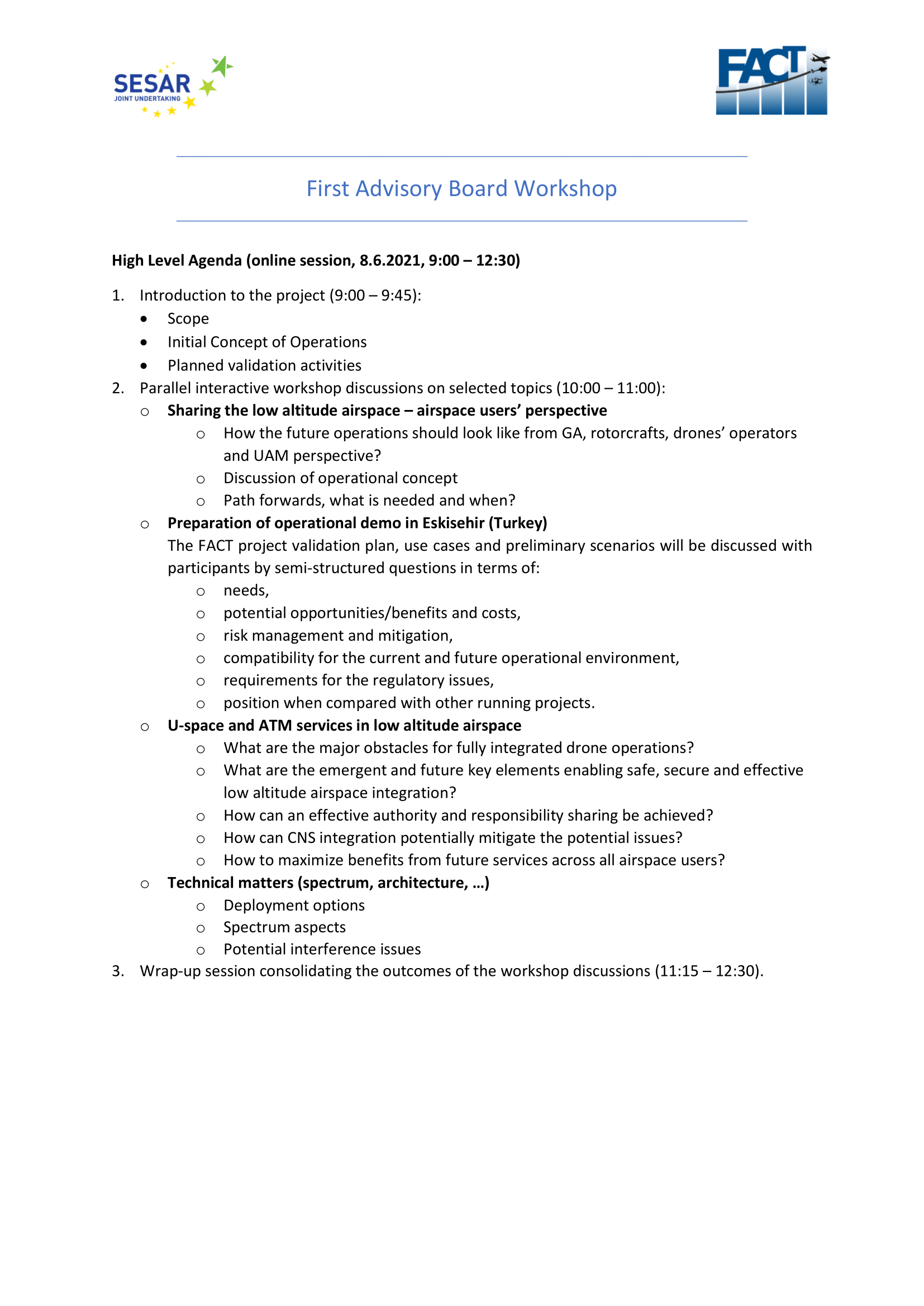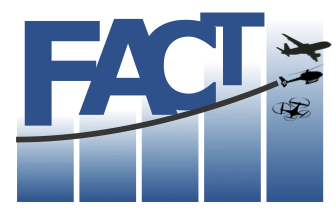Outreach
Project Deliverables
D2.1
D2.1 Initial Concept of Operations
This initial Concept of Operations represents a first step towards this goal by providing a description of operational use cases targeted by the project. It includes a description of the related operational environments, the list of relevant stakeholders and their expected roles, as well as a discussion of conceptual operational scenarios to be considered as a starting point for the planning of validation activities.
The purpose of this document is to provide an initial operational framework for technical and validation tasks. Based on the result of the first validation phase it will be updated/completed and the final Concept of Operations will be delivered as D2.3.
D2.2
D2.2 Initial iCNS Functional Architecture
This deliverable describes an initial functional architecture which combines optimally airborne and ground functions to enable building of scalable CNS capabilities/systems tailored for targeted spectrum of airspace users and corresponding operational environments. The first functional architecture is based on the operational needs and system/connectivity requirements described in Initial Concept of Operations (D2.1) and Technical Enablers and Initial System Requirements (D3.1).
D2.3
D2.3 Final Concept of Operations
This Final Concept of Operations represents an update of the Initial Concept of Operations (D2.1) based on the results of the first validation cycle and progress in preparation of the final operational demo. It further refines a description of the targeted operational scenarios, the list of relevant stakeholders and their roles, as well as overall operational and technical context.
The purpose of this document is to provide an operational framework for technical and validation tasks and interpretation of their results.
D2.4
D2.4 Final iCNS Functional Architecture
This deliverable describes functional architecture which combines airborne and ground functions to enable building of scalable CNS capabilities/systems tailored for targeted spectrum of airspace users and corresponding operational environments. The architecture is based on the operational needs and system/connectivity requirements described in Concept of Operations (D2.3) and System Requirements (D3.3).
D3.1
D3.1 Technical Enablers and Initial System Requirements
This deliverable provides description of the main CNS technical enablers addressed in project FACT as well as initial version of related System Requirements. Because project FACT covers a whole range of operations with different airspace users, the appropriate functional architecture is the key pre-requisite for successful system definition. This document is therefore very closely connected to deliverable Initial iCNS Functional Architecture (D2.2) and together with initial Concept of Operations (D2.1) they represent the overall description of the project FACT technical and operational eco-system.
D3.4
D3.4 Final Technological Demonstrators
This deliverable provides description of the technical development and testing of systems used within the project’s validations. It documents current availability and readiness of the systems as well as a short description of the performed or planned verifications/validations. The results of the final project’s validations will be provided in the D5.3 (Second validation report) and D5.4 (Validation Assessment Report).
D4.1
D4.1 Summary of Current Business situation
This document presents the classification of users of low and very low airspace. It includes manned and unmanned vehicles, not forgetting gliders, balloons, or paragliders. For each type of user it describes the typical representative of this category, its basic parameters and typical avionic equipment. In section five, the document then categorises the environment, in particular according to the potential interactions of each user.
D4.2
D4.2 Business Concept per User Groups
This document is follower to deliverable D4.1. For the defined categories of low and very low airspace users, it describes their specifics for CNS equipment requirements, technical, business and operational. For the operational point of view, typical operations are described and requirements for in flight services are set. Technical requirements are described using required transmission range, equipment weight, power source or suitable sensors. Business aspects focus mainly on predictions of market size and cost of development driven primarily by certification requirements.
D4.3
D4.3 Project Results Impact on Business Concept
This document analyses and compare project results and technological solutions as described in validation reports with business and operational analysis performed in previous project phases in order to assess their potential impact.
D5.1
D5.1 Validation Plan
This document represents validation planning activities and studies for the FACT project. It describes validation activities, execution plans and contents within the consortium and operational environment and defines generic scenarios depending on the project use cases which will be improved during project work.
The validation preparation task has been carried out simultaneously to most of the previous project tasks. The information about scenarios that will be simulated and validated, generic validation plan, validation risk management plan and validation expected outcomes will be presented.
D5.2
D5.2 First Validation Report
This document describes outcomes of the first validation activities and studies of the FACT project. In particular, all operational scenarios planned for the final project’s flight demo were studied and evaluated in the Aerodrome Control simulator. Based on the results of this exercise, the definition of flight scenarios for the flight demo was updated and further refined. In addition, a series of test flights were carried to validate and refine the performance requirements on drone’s and aircraft’s platforms and on the experimental CNS devices to be installed on them. Furthermore, a preliminary flight evaluation of main components of the experimental CNS unit was made considering the initial hardware design. The above results are complemented with assessment of the risks that may be encountered in the flight situations using also an evaluation through experimental flights of drones. In addition, risks assessment and mitigation plans are presented for simulated flight scenarios and operational situations associated with them.
D5.3
D5.3 Second Validation Report
Within this document a detailed description of the final operational and technical setup including practical aspects and difficulties that were necessary to manage during the demo campaign are provided including needed deviations from the original validation plan (D5.1). The results obtained from the performed field tests are presented and discussed in detail.
D5.4
D5.4 Validation Assessment Report
Within this document, the overview of all performed validation activities together with main project’s findings is provided and resulting conclusions and recommendations are formulated. Beyond the validation work already described in previous WP5 deliverables (D5.2 and D5.3), this document also includes description of complementary technical work performed to investigate selected elements of cellular network technologies which were not addressed within the project’s operational demo and were considered relevant for potential use of these technologies for air traffic management.
D6.1
D6.1 Exploitation and Dissemination Plan
This document includes the strategy for knowledge management, protection, exploitation and dissemination of results, as well as the exploitation roadmap and the dissemination activities timeline that will implement it. The Communication Plan is also included as part of the dissemination and exploitation strategy. This document will be used by the FACT consortium to guide the exploitation and dissemination of the project’s results.
D6.2
D6.2 FACT Website and Social Media
This deliverable is associated with Task 6.2 Execution of the dissemination actions, part of which is design, development, and maintenance of the FACT project public website as the main communication channel of the project. Approach to management of FACT presentation on social media channels is also discussed in this document.
D6.3
D6.3 Dissemination Assessment and Report on the Final Summit
This document is prepared for the evaluation of exploitation and dissemination results, as well as to provide the plans for the dissemination activities that will be implemented after submission of this report. It includes the activities that were and/or will be carried out during the project and the evaluation data about these activities.
Project News
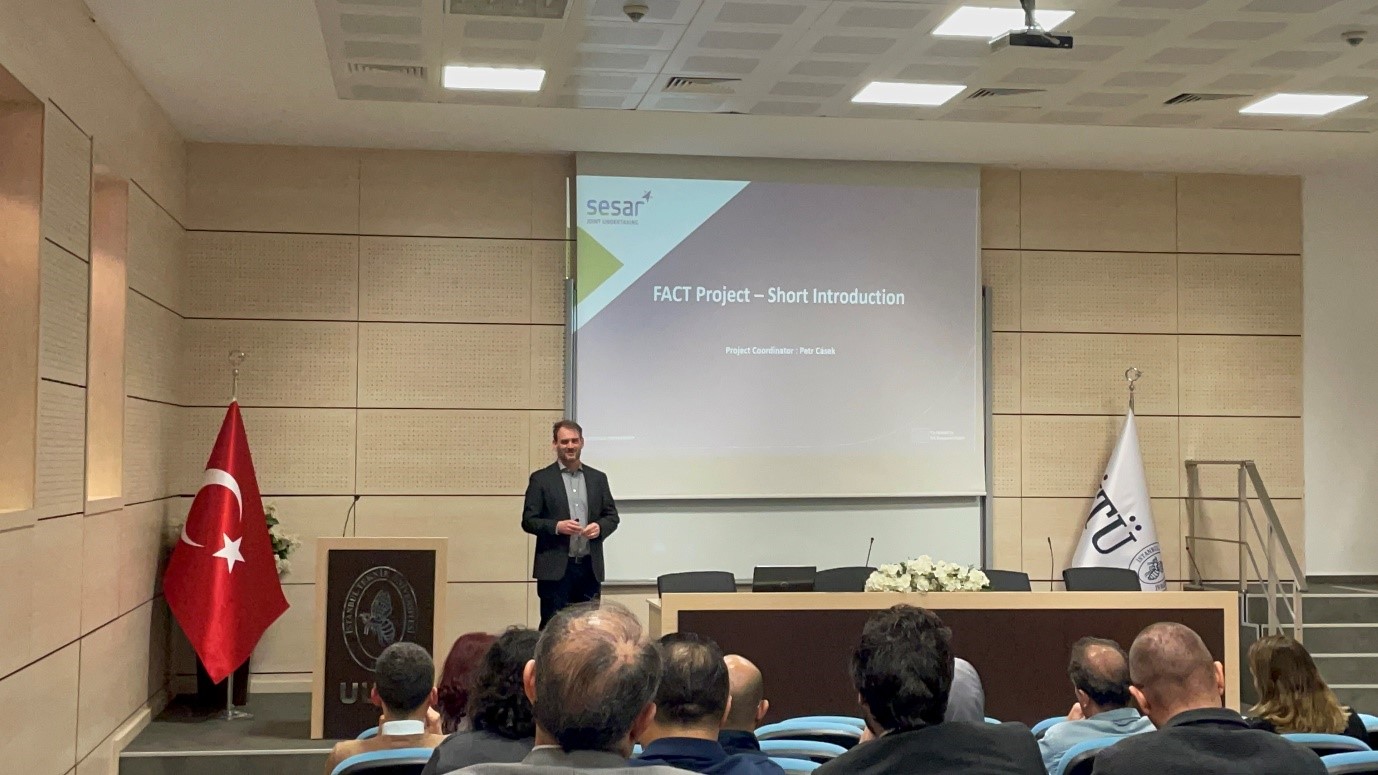
The close up meeting of our EU funded project FACT, Future of all aviation CNS technology, was held at ITU UUBF TAV hall. Our project partners Honeywell, Aopa Germany, Eskişehir Technical University and Sarp Aviation accompanied us at the meeting. Turkish authorities from TUBİTAK, DHMI and SHGM were with us to evaluate and contribute to project results. In addition, Türk Telekom and Nokia Turkey members were among the audience to evaluate the contribution of the project results to the national UTM and compare them with their own results. The close up meeting was very productive and effective in terms of both the evaluation of the results by the local authorities and the discussion of what to do for future restructuring. For this reason, it was aimed that the outputs of this internationally partnered project would lead to new international research and national achievements.
The close up meeting of our EU funded project FACT, Future of all aviation CNS technology, was held at ITU UUBF TAV hall.
SESAR Innovation Days is hosted by HungaroControl at the Hungarian Academy of Sciences in Budapest, on 5-8 December 2022. With the closure of several SESAR 2020 research projects, the event is showcasing the latest research and innovation results and reflecting Europe’s commitment to the long-term sustainability of the aviation industry, as well as its recovery from the Covid-19 crisis. Uspace, Machine Learning, Human Factors and Environment are some of the topics discussed. We were there to discuss our project results.
SESAR Innovation Days is hosted by HungaroControl at the Hungarian Academy of Sciences in Budapest, on 5-8 December 2022
#EUDroneDays was held in Brussels on 29-30 November 2022. Our project coordinator Petr Casek has given a speech at the event. His speech was on the "Exploring the boundaries of U-space development" section which was moderated by Programme Manager, SESAR 3 JU Nil Agacdiken
Petr gave some specifics on the project and shared some results, where other members of the team discussed with attendees via our poster.
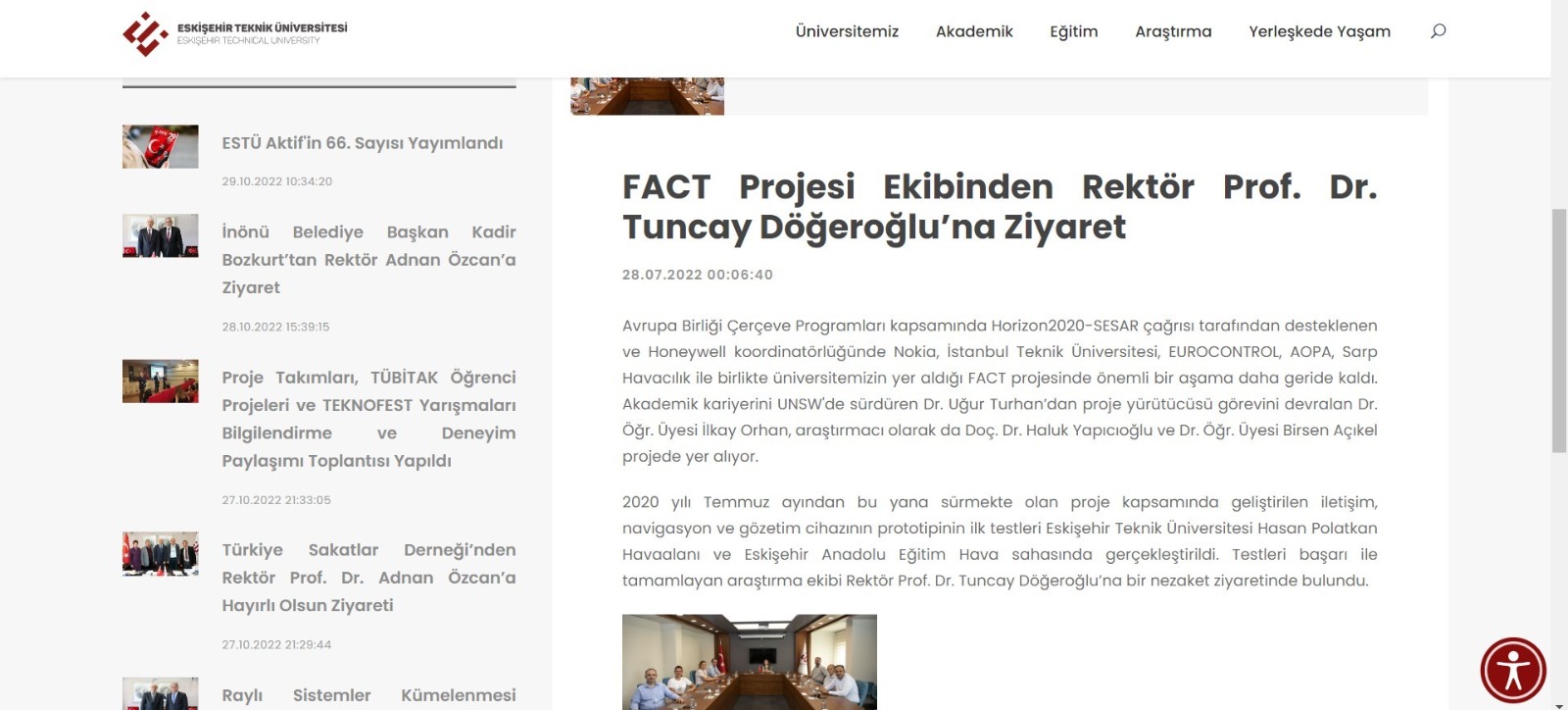
FACT projects partners visited the Dean of ESTU, and the visit was shared at ESTU's homepage: "Another important stage has been left behind in the FACT project, which was supported by the Horizon2020-SESAR call within the scope of the European Union Framework Programs, under the coordination of Honeywell, together with Nokia, Istanbul Technical University, EUROCONTROL, AOPA, Sarp Aviation and our university."
https://www.eskisehir.edu.tr/tr/Haber/Detay/fact-projesi-ekibinden-rektor-prof-dr-tuncay-dogerogluna-ziyaret
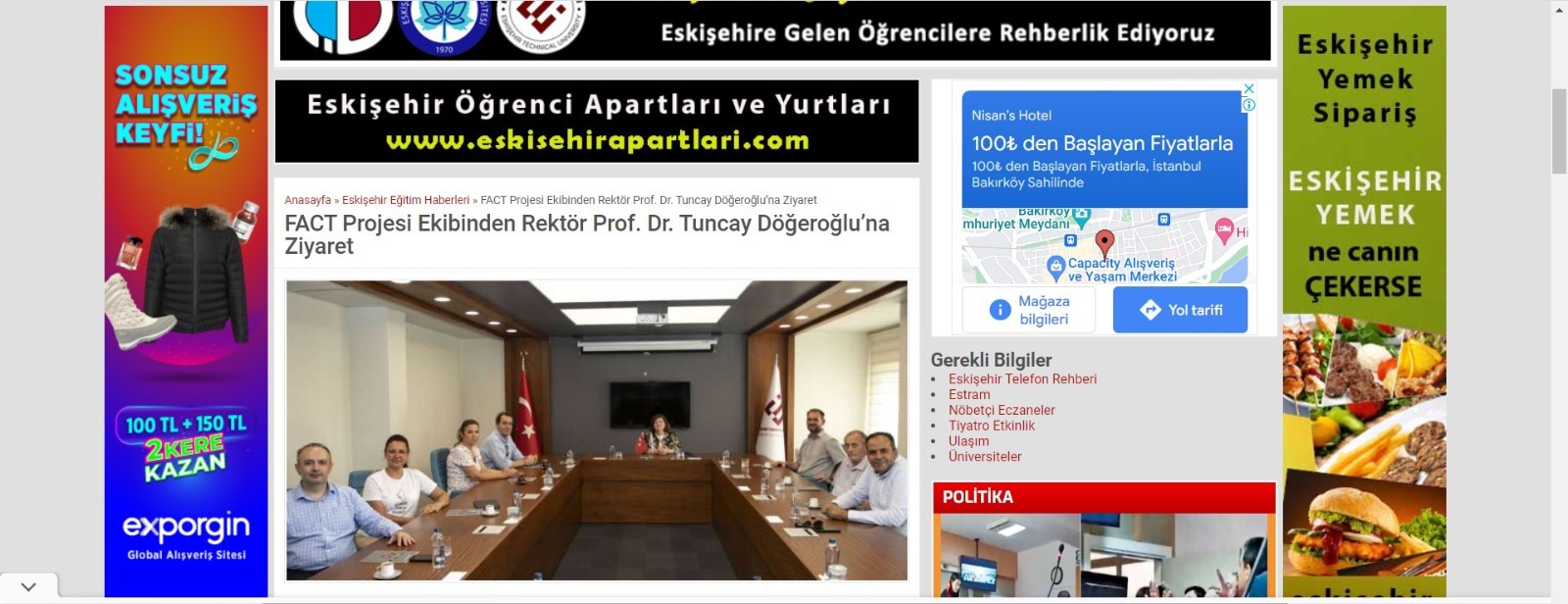
During Validation Activities, FACT project partners visited the Dean of Eskişehir Technical University, Prof. Dr. Tuncay Döğeroğlu. This wisit was published on a local Eskişehir paper, Eskişehir Gündem.
http://www.eskisehirhaberler.net/?sec=1&newscatid=13&newsid=188817

FACT first validation phase which were performed by Eskisehir Technical University, Honeywell and Istanbul Technical University (ITU) with important contributions from Nokia, Sarp Air, AOPA and Eurocontrol was shared in Eskişehir Technical University's home page.
https://mf.eskisehir.edu.tr/tr/Duyuru/Detay/fact-projesinde-onemli-bir-asama-daha-geride-kaldi
Day 2 started with drone tests and CNS integration to the aircraft, followed by group meeting about detailed validation plan scenarios. Primary tests are done successfully, the team is discussing all the critic points. All the communication and emergency situations are being discussed.
Our partners; ESTU, Sarp Air, ITU and Honeywell are at Eskişehir Technical University for our operational demos. Teams are getting ready and preparing for 5 different scenarios of the validation plan.
ITU and ESTU representatives come together with Nokia Turkey for 5G network installation-coverage in ESTU campus.
Klaus-Peter Sternemann from AOPA(Germany), one of the partners of the FACT project, was the guest of ESTU. During his visit, he examined the simulator studies within the scope of the preparatory work of the project and contributed to the risk assessment studies together with ESTU and SARP Air.
Klaus-Peter Sternemann from AOPA(Germany), one of the partners of the FACT project, was the guest of ESTU.

Bi-weekly meeting with partners was held via Zoom on 17.08.2021. This meeting was mainly on WP5, which consists of Validation Plans. This WP describes validation activities, execution plans and contents within the consortium and operational environment and defines detailed scenarios depending on the project use cases.
FACT 1st Advisory Board meeting was executed on 8.6.2021. First of the series of Advisory board workshops organized by the project. The main objective of this workshop was introduction of the project and its scope & high-level plans, and discussion of the stakeholders opinions/expectations for the 4 identified priority topics: Airspace users’ perspective for low altitude airspace; Preparation of operational demo in Eskisehir; U-space and ATM services in low altitude airspace; Technical matters (spectrum, infrastructure,…).
U-space ConOps Workhop was held on 20.5.2021. The aim of this initiative led jointly by SJU and Eurocontrol is to setup U-space ConOps Coordination Cell as a collaborative platform among SESAR/H2020 projects addressing different U-space aspects. FACT is involved as one of the two projects focused on CNS (together with Safeland). This working group should support of development of U-space ConOps Edition 4.
PJ.14-W2-61 Status meeting was held on 17.5.2021. Project coordinator presented FACT project at the working meeting of PJ.14-W2-61 (Hyper Connected ATM) which aims at identifying and specifying the high level operational requirements for a fast and exponentially capable broadband air/ground and air/air datalink for supporting future ATM and U-space operations, air/ground data exchanges, etc. It was agreed that it would be useful to discuss jointly the results of the FACT performance evaluations in the context of requirements as defined in PJ.14-W2-61 project.
Our Project “Future of All Aviation CNS Technology” has been funded by SESAR Joint Undertaking under grant agreement No 894616 under European Union’s Horizon 2020 research and innovation programme, and started at July 2020. The primary goal of the project is to evaluate the feasibility of a Performance-Based Integrated CNS (iCNS) concept, in order to support today’s and tomorrow’s air traffic challenges in the most cost-effective way without negatively affecting the overall operational safety. In particular, the project will focus on selected elements of iCNS concept exploring primarily a potential use of cellular networks (4G and 5G) as a complement to the existing CNS technologies within ATM and U space environment, with a particular focus on GA and drones operations.
Our Project “Future of All Aviation CNS Technology” has been funded by SESAR Joint Undertaking under grant agreement No 894616 under European Union’s Horizon 2020 research and innovation programme, and started at July 2020.


